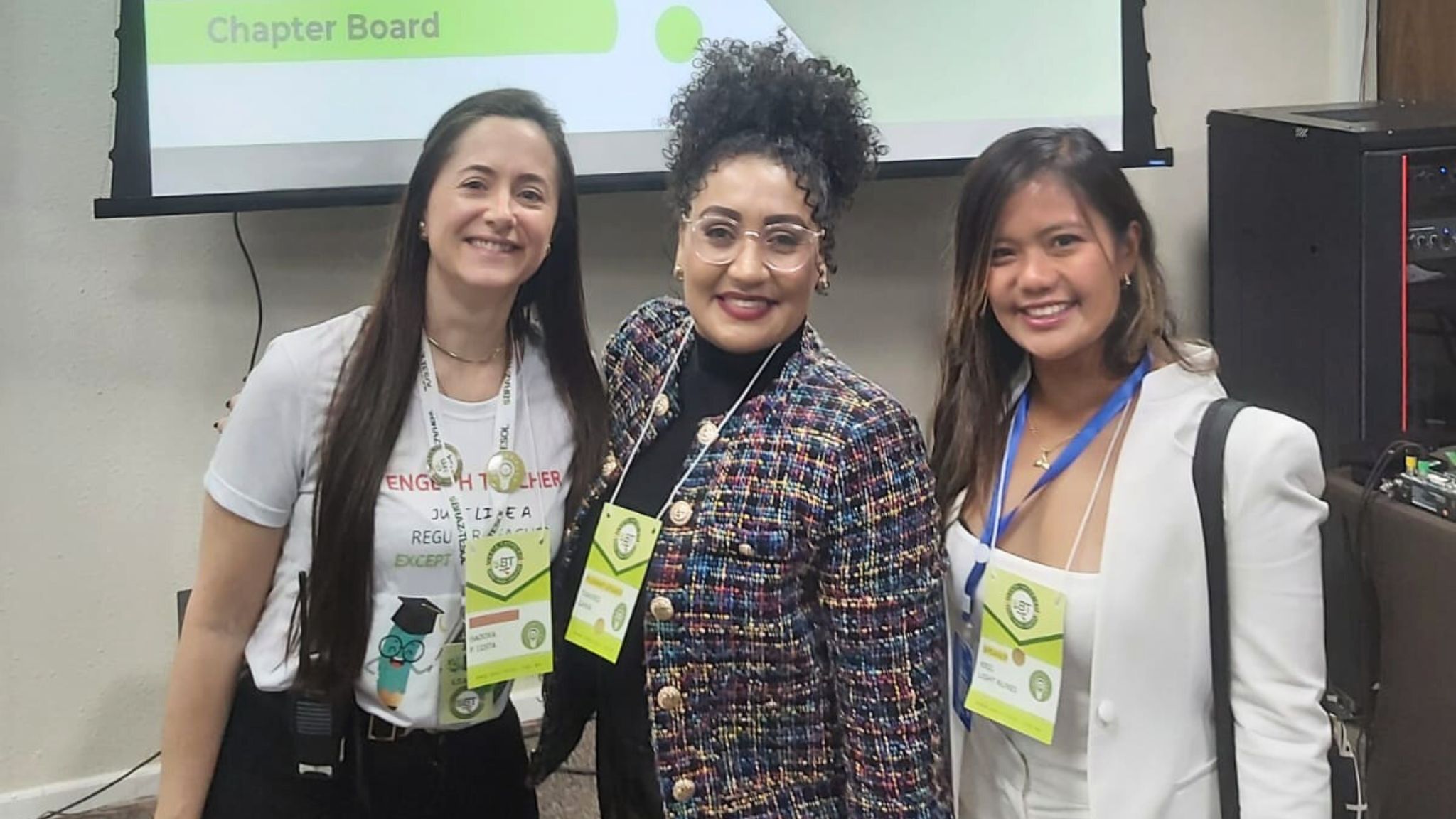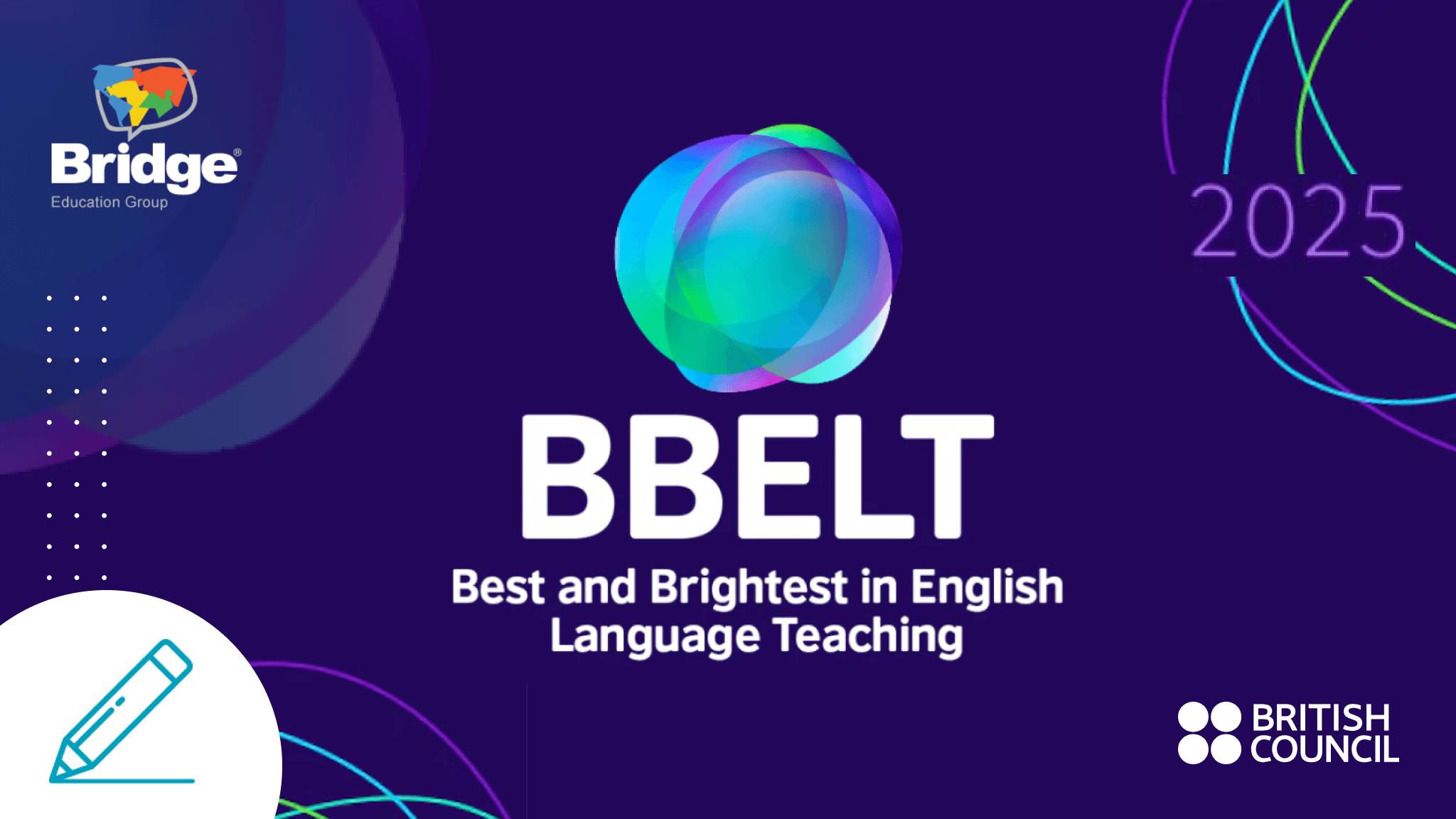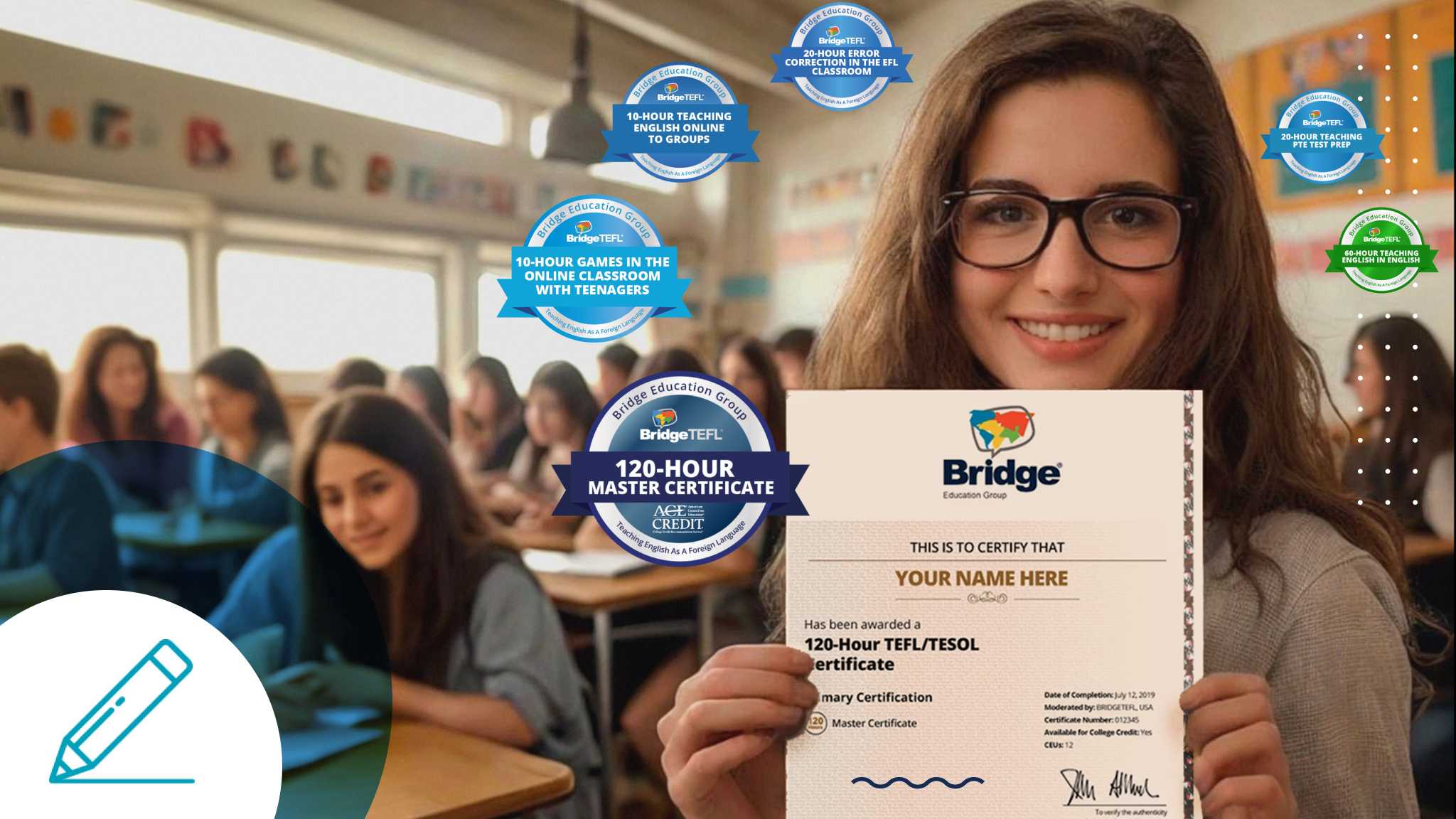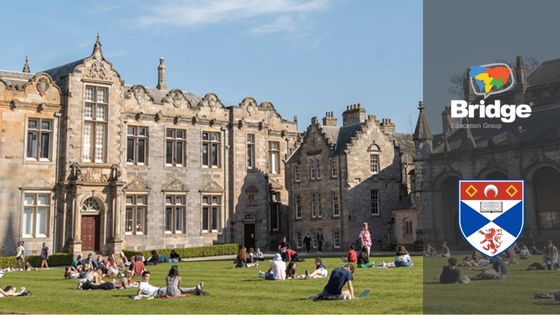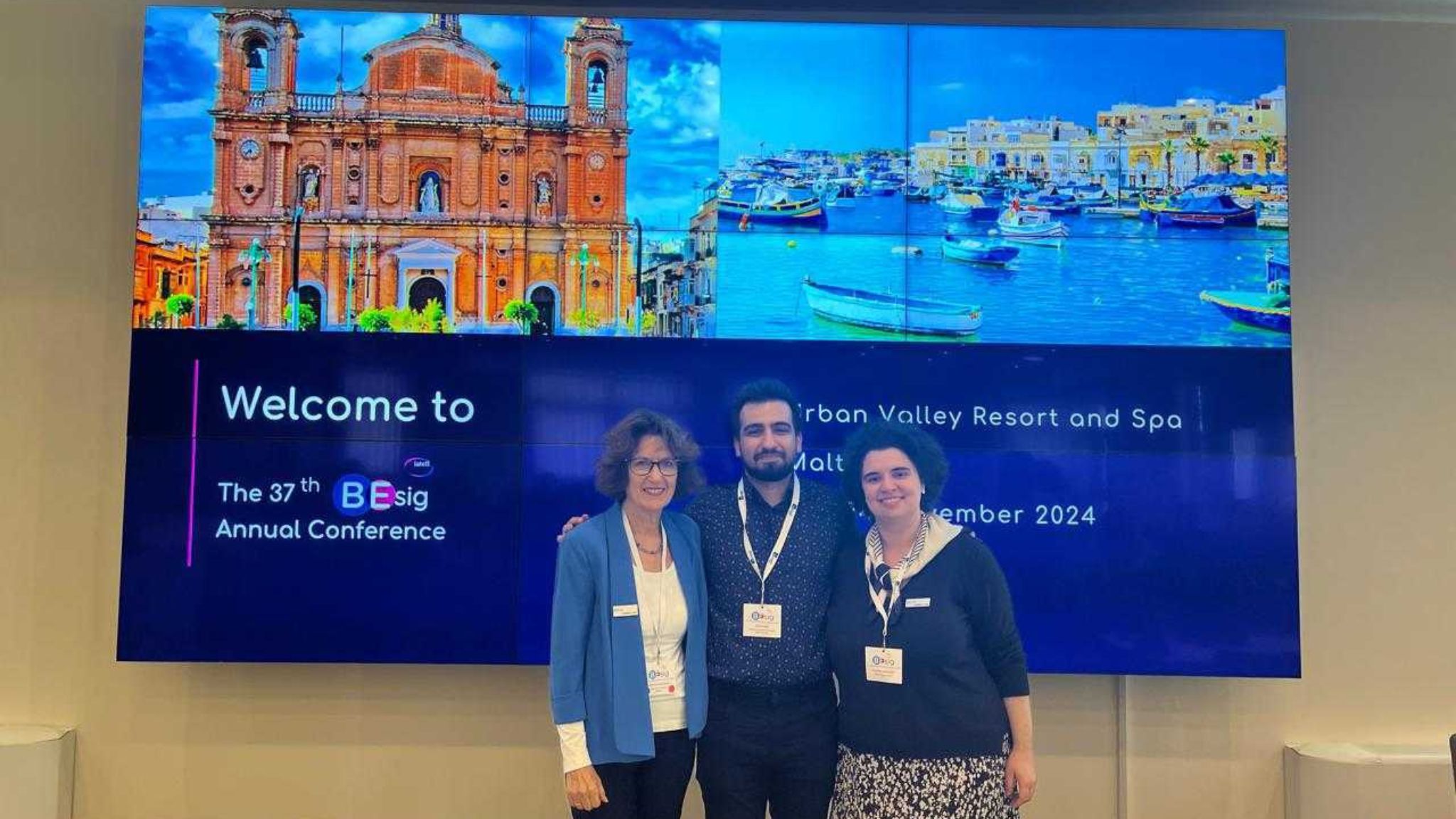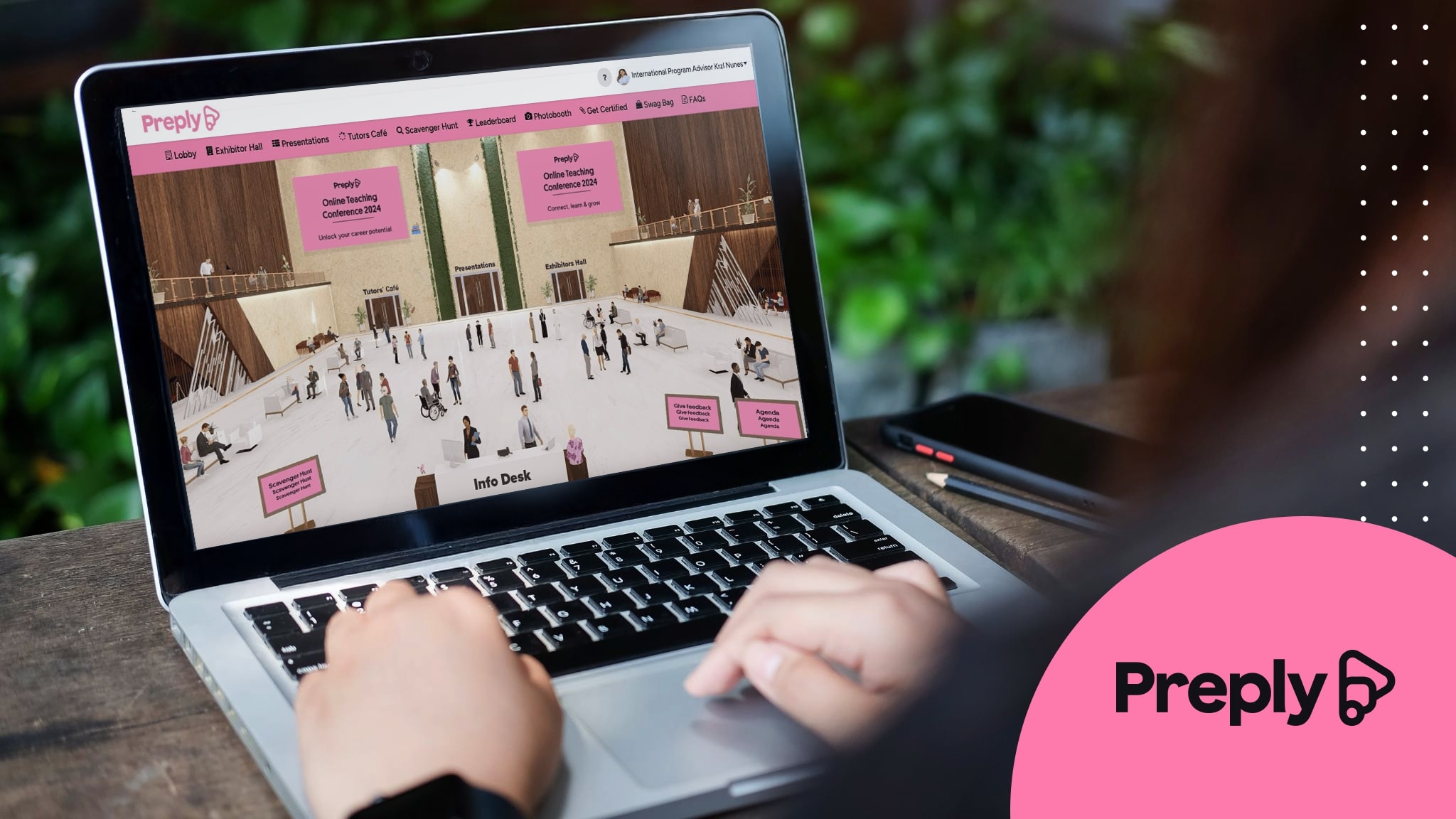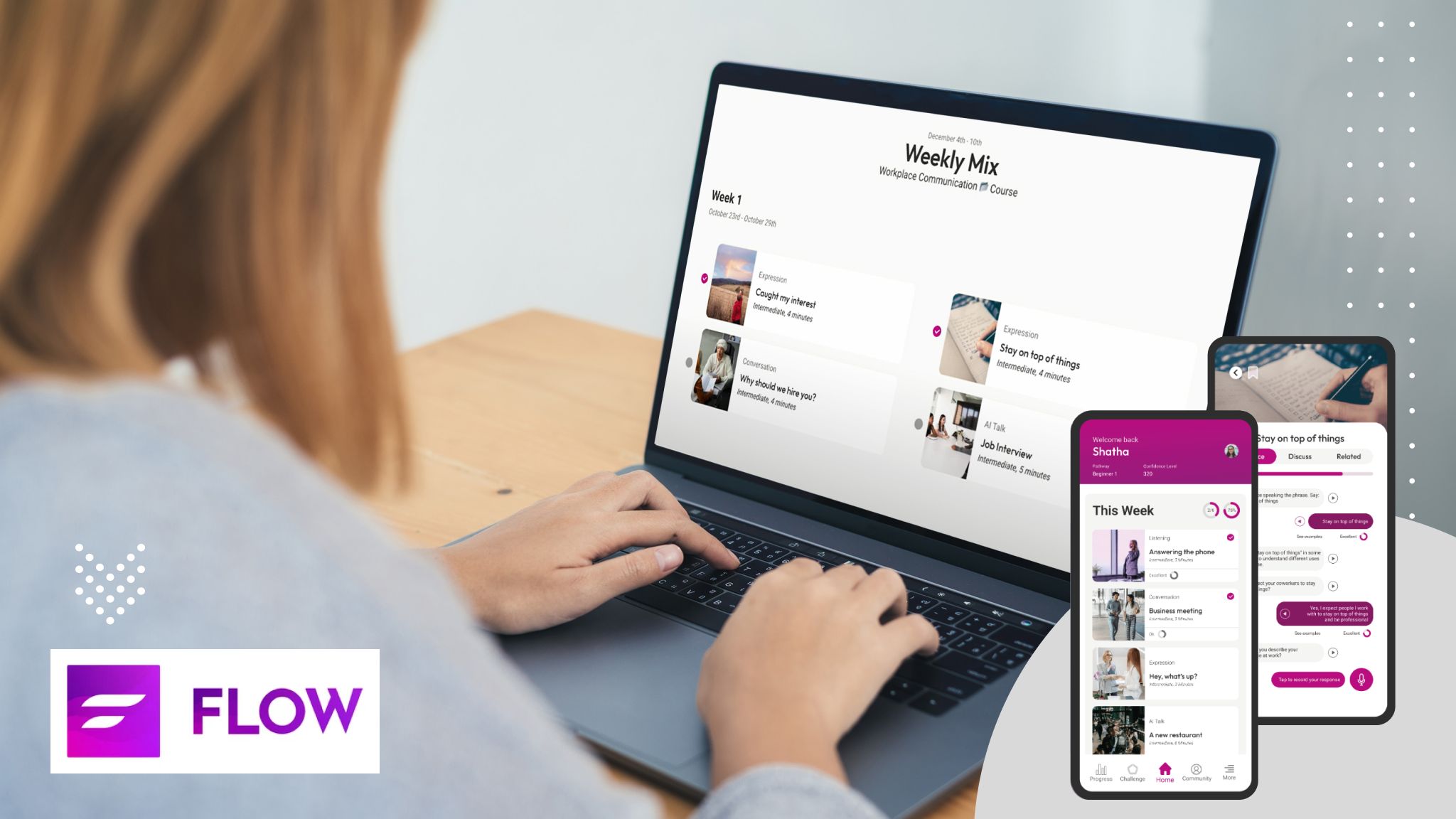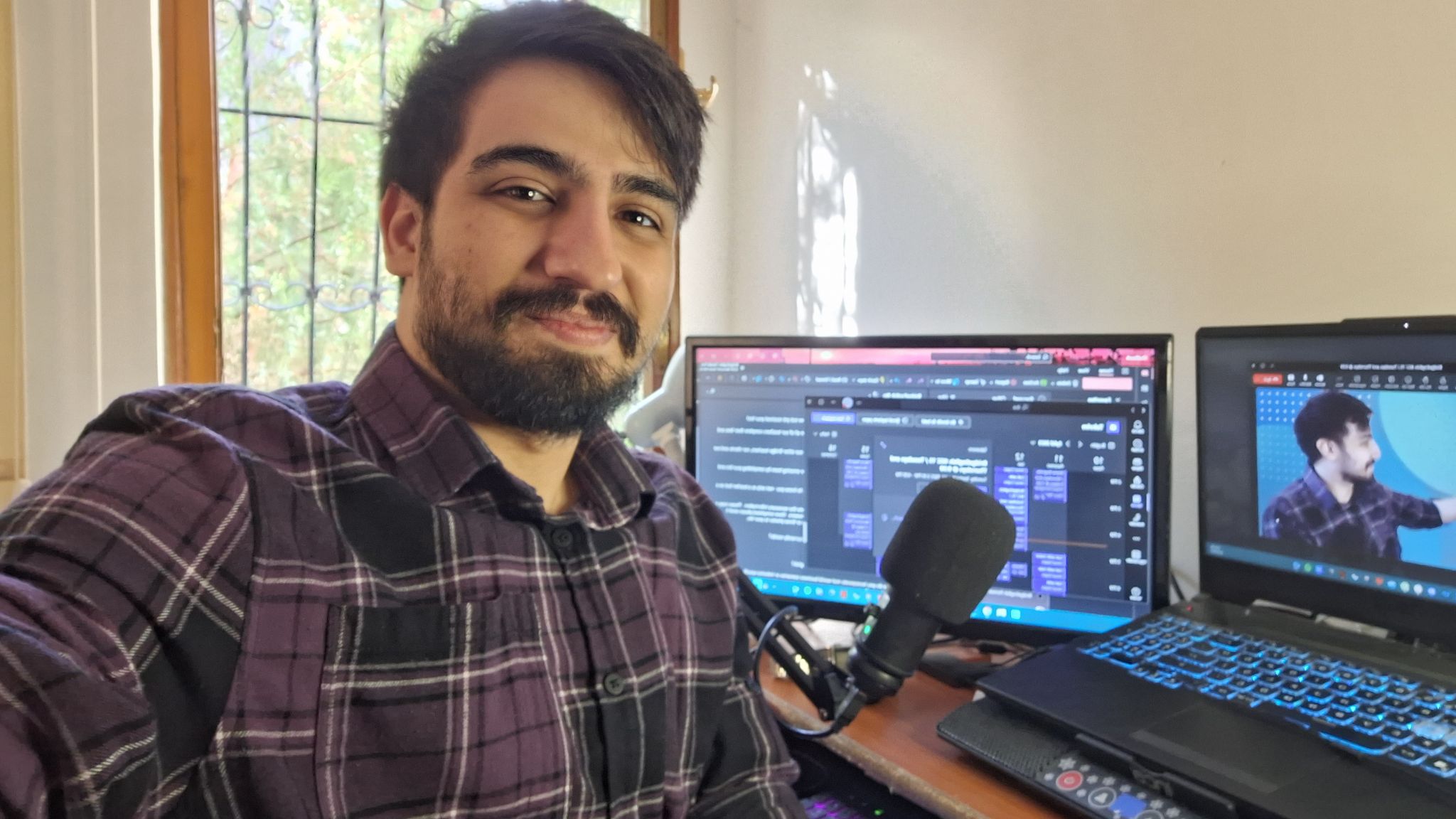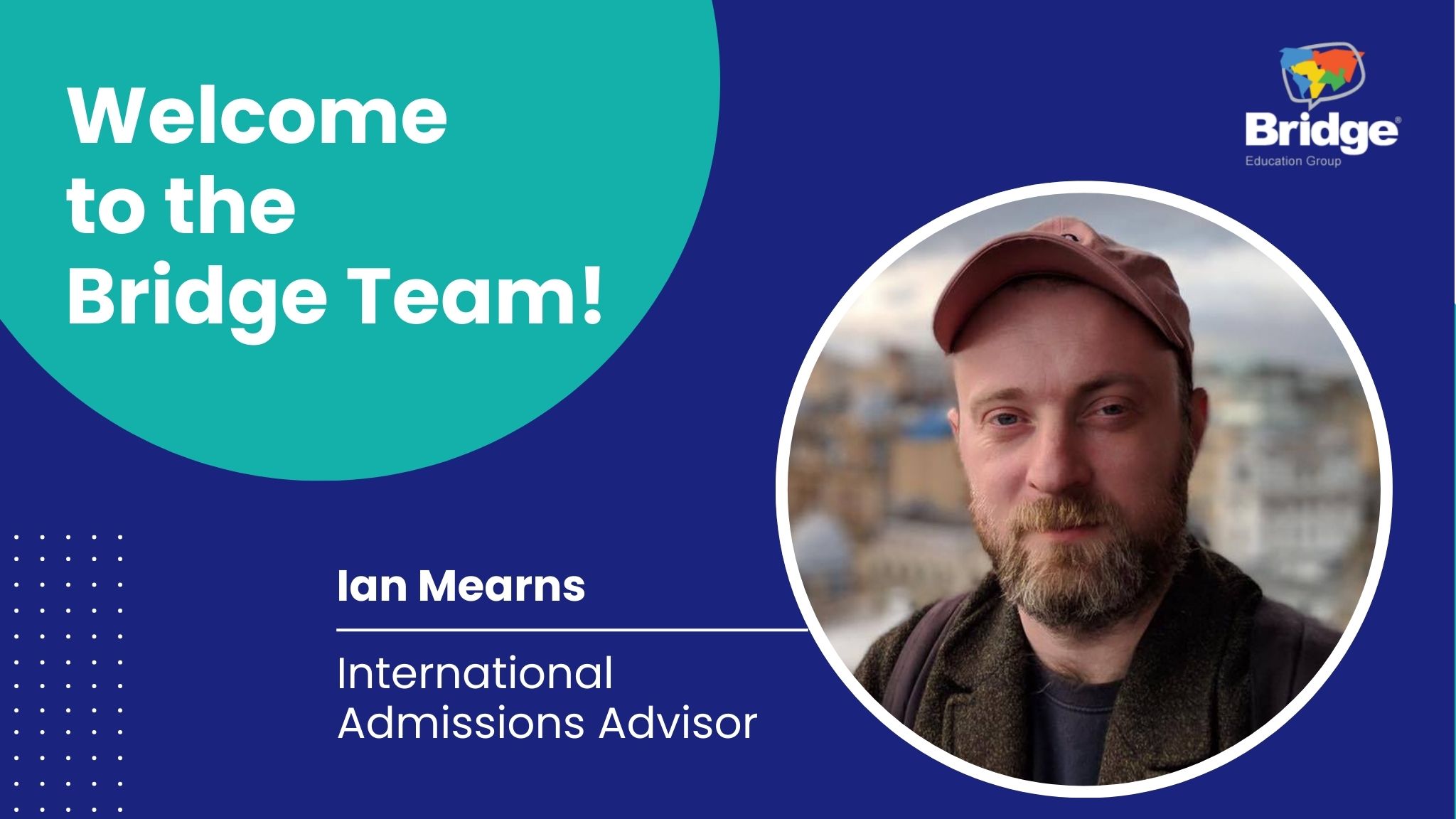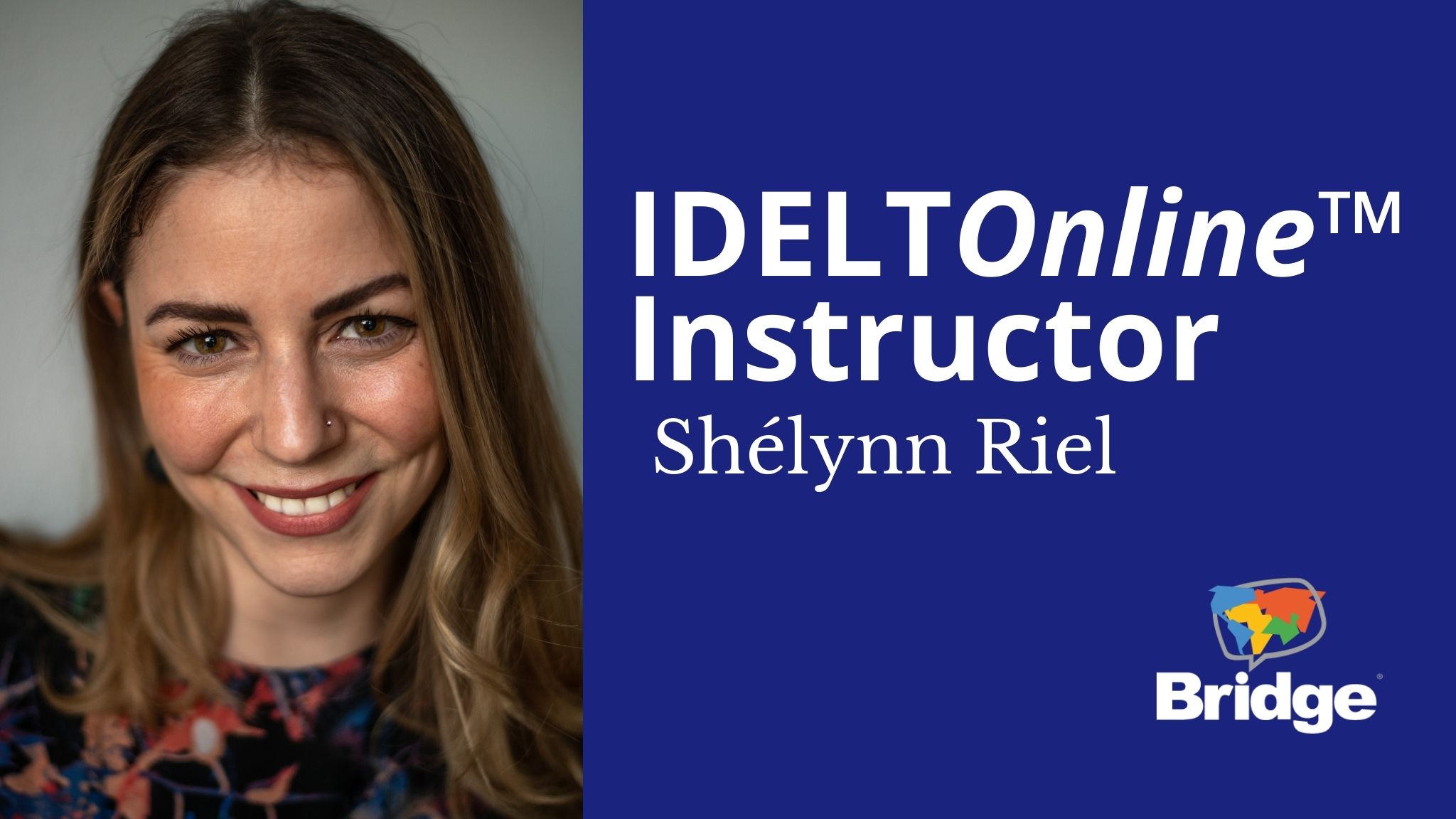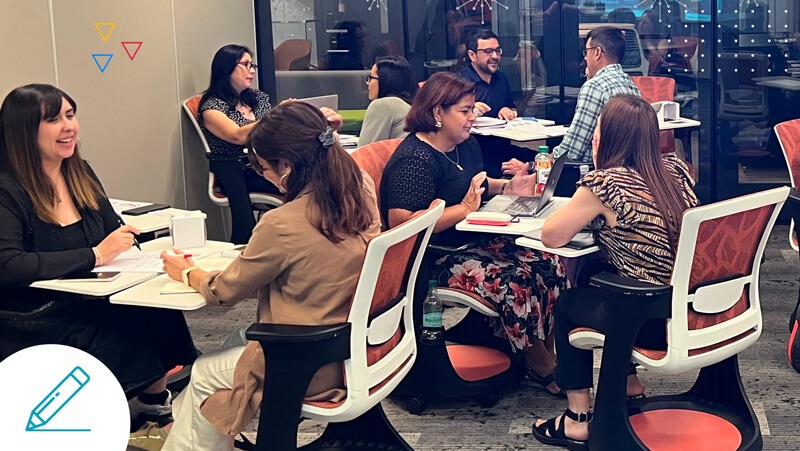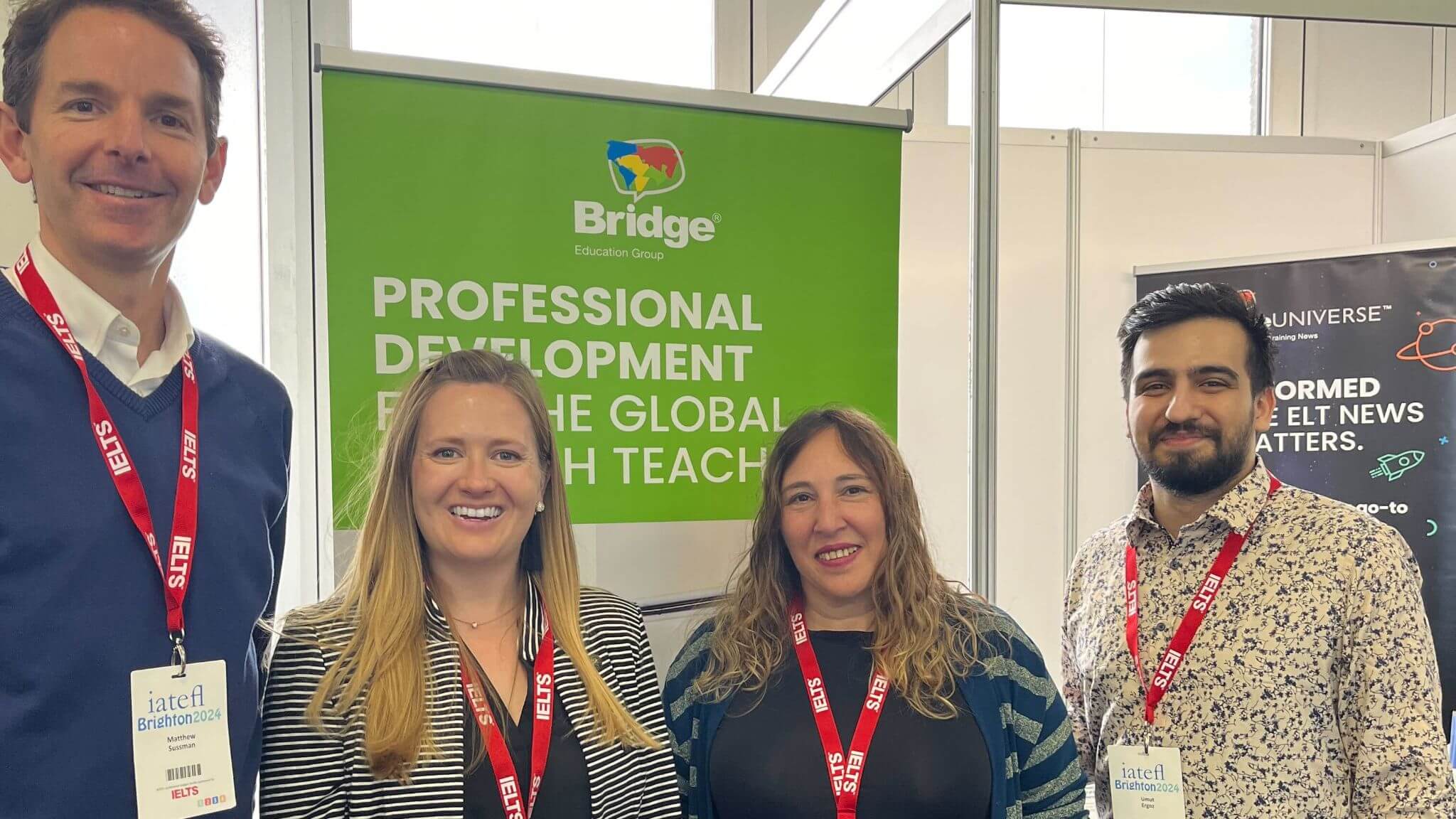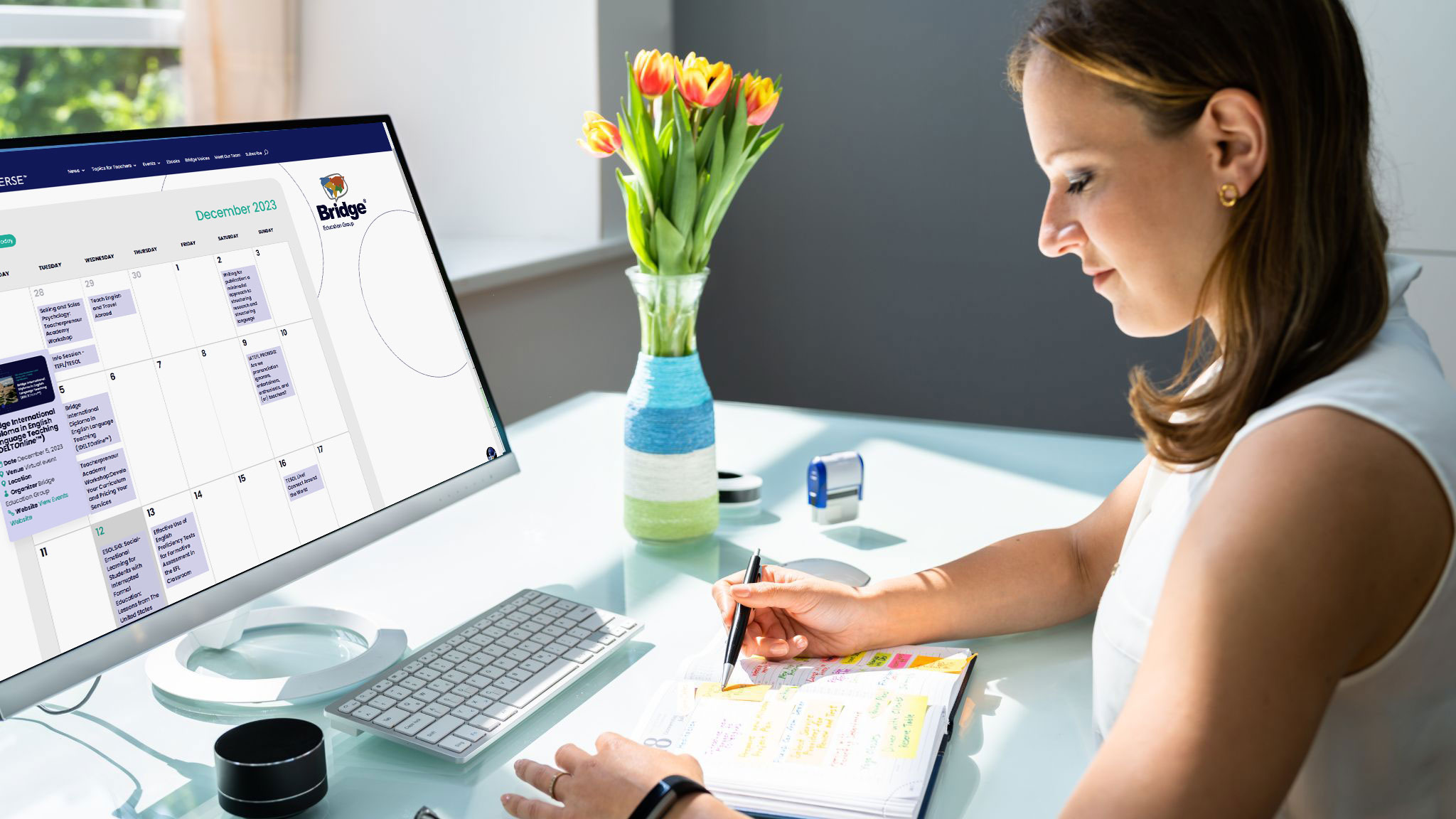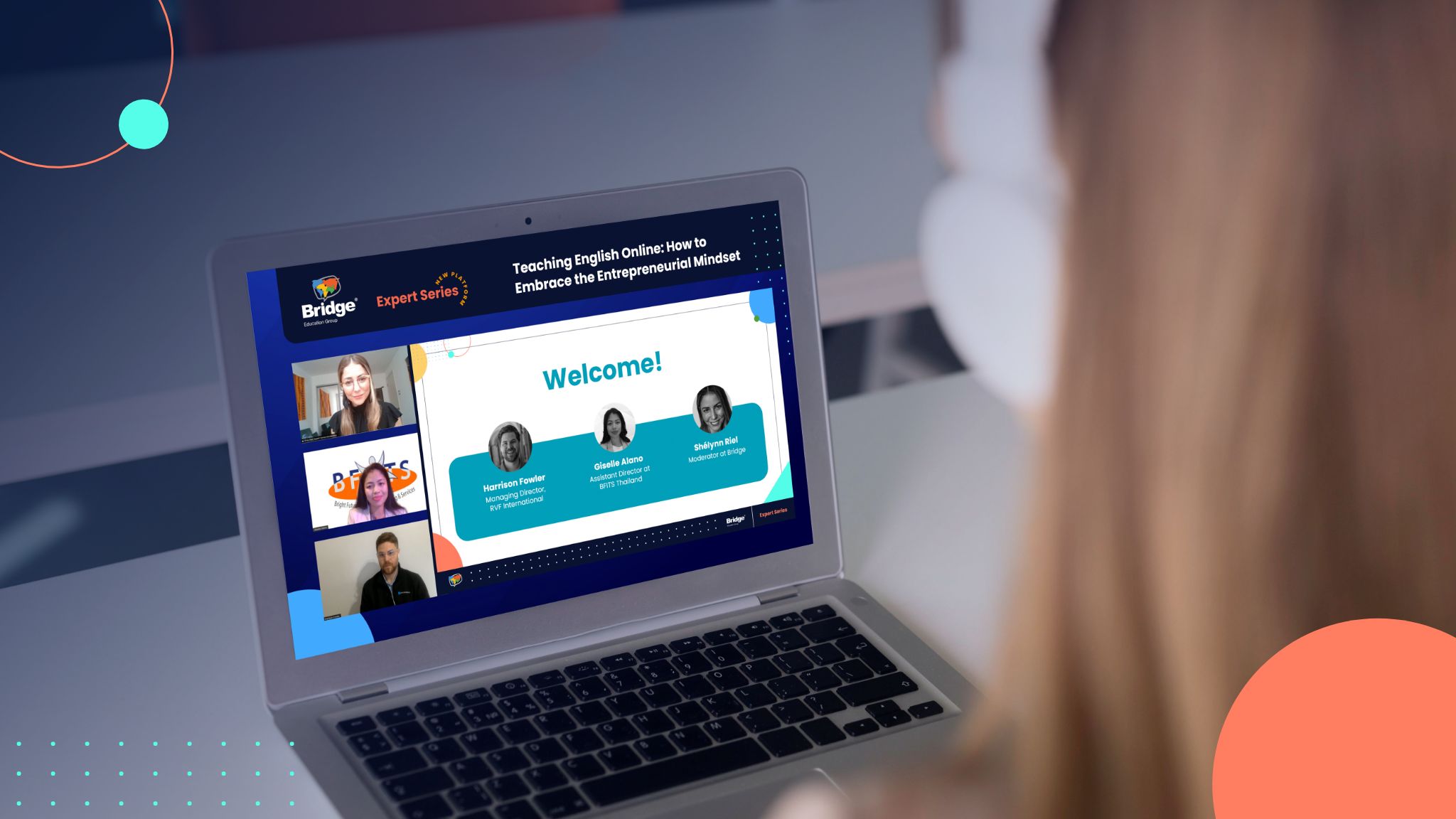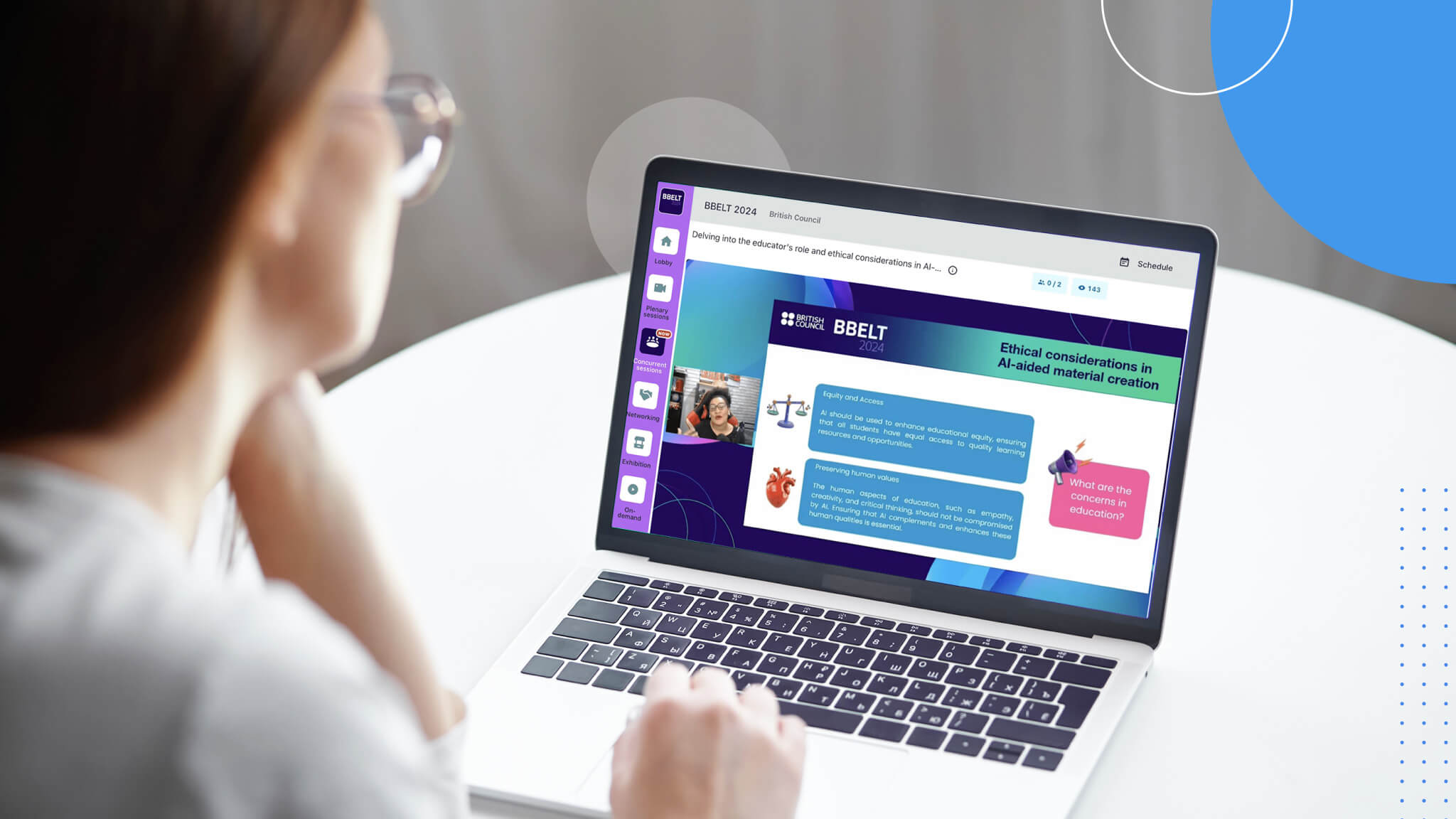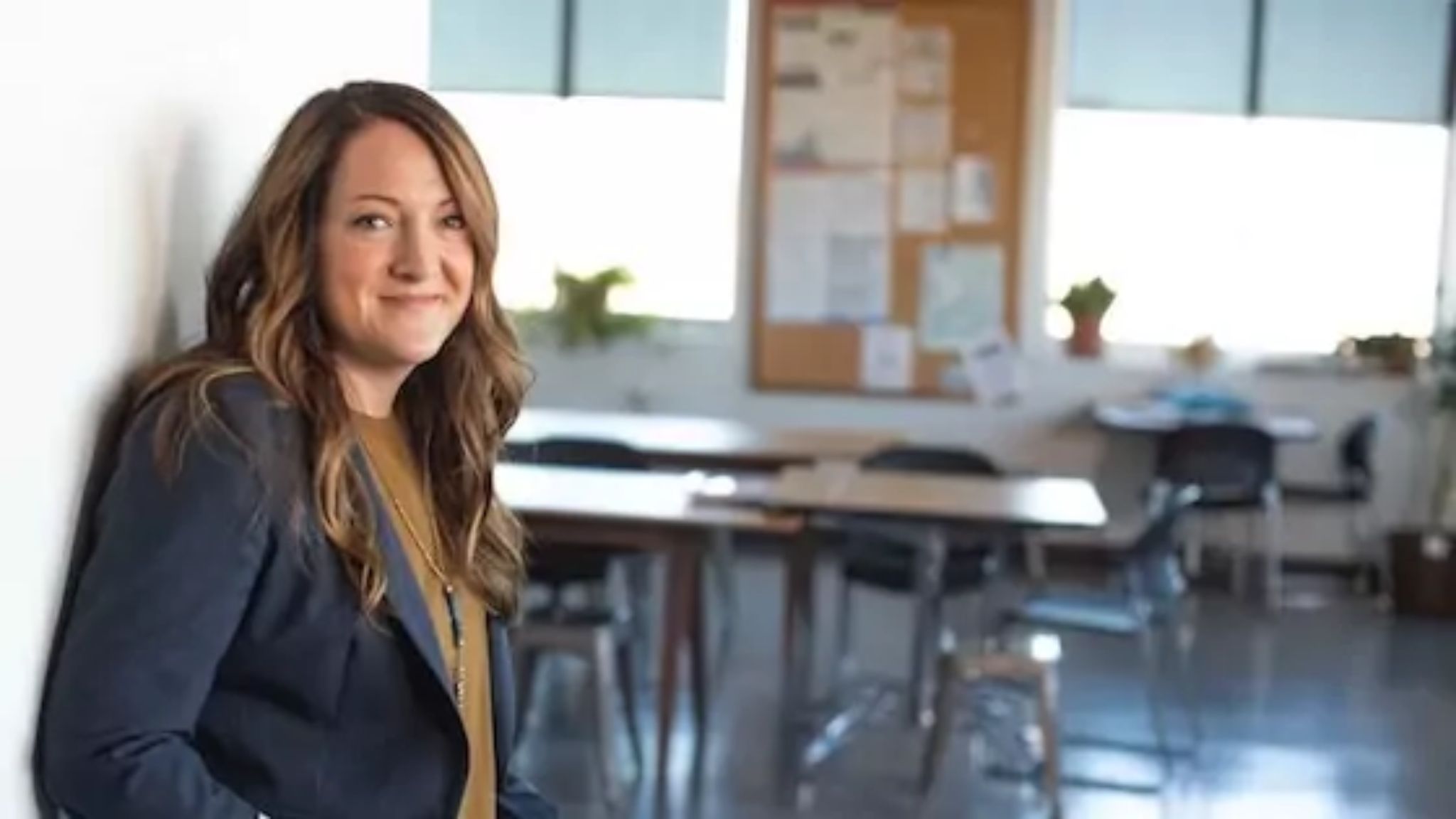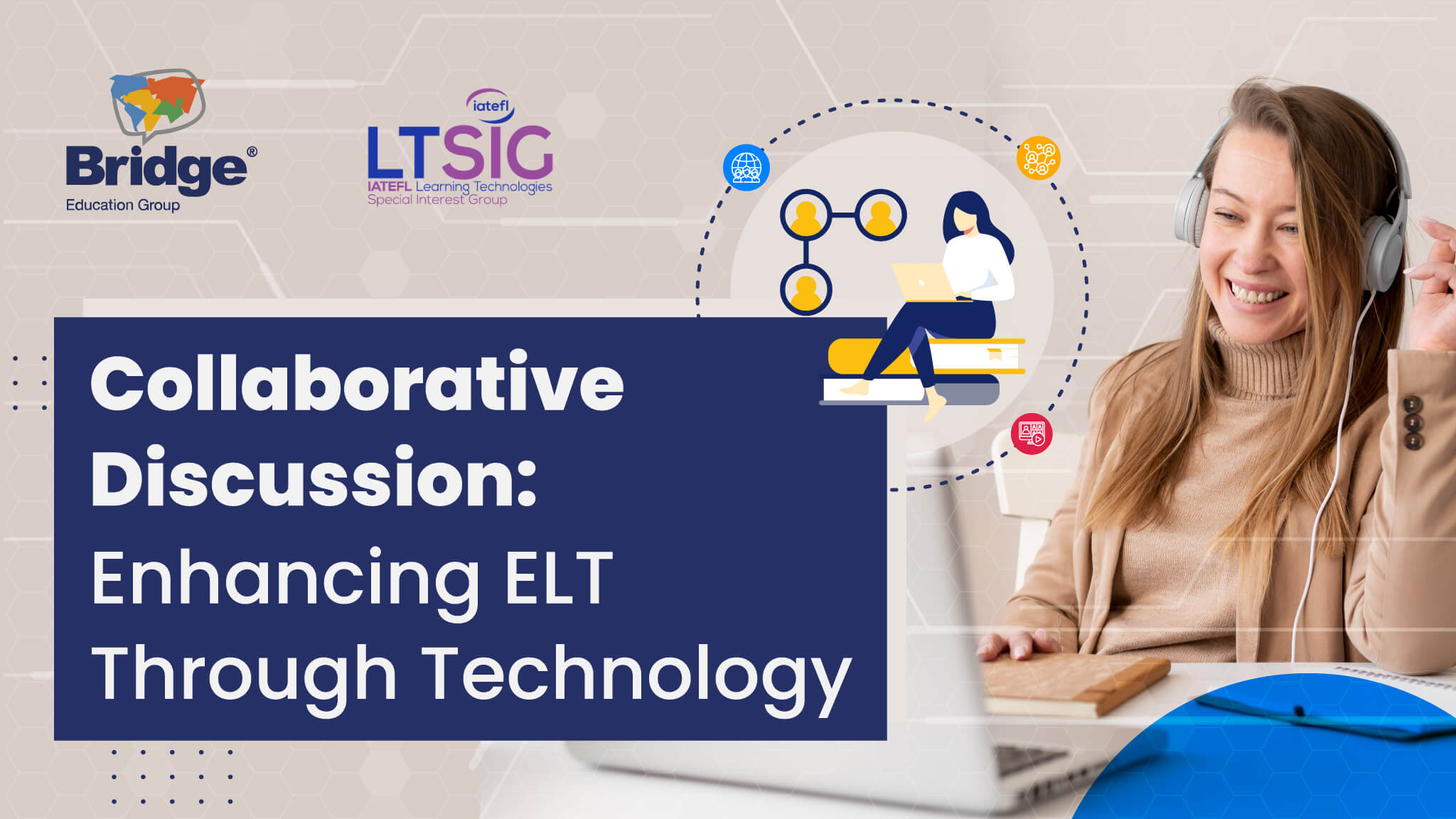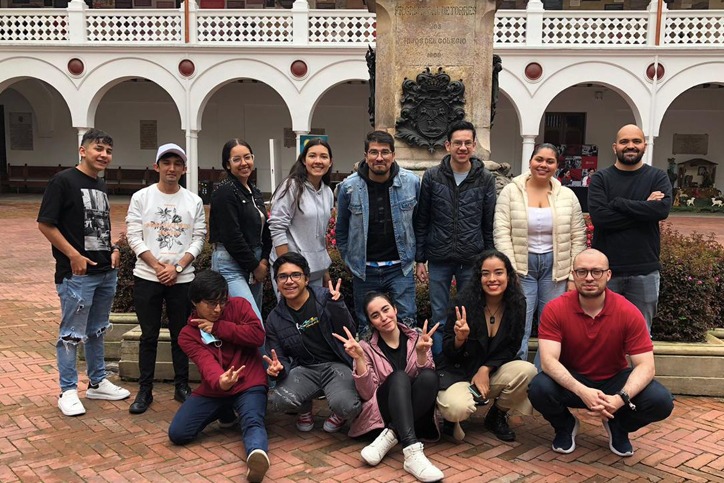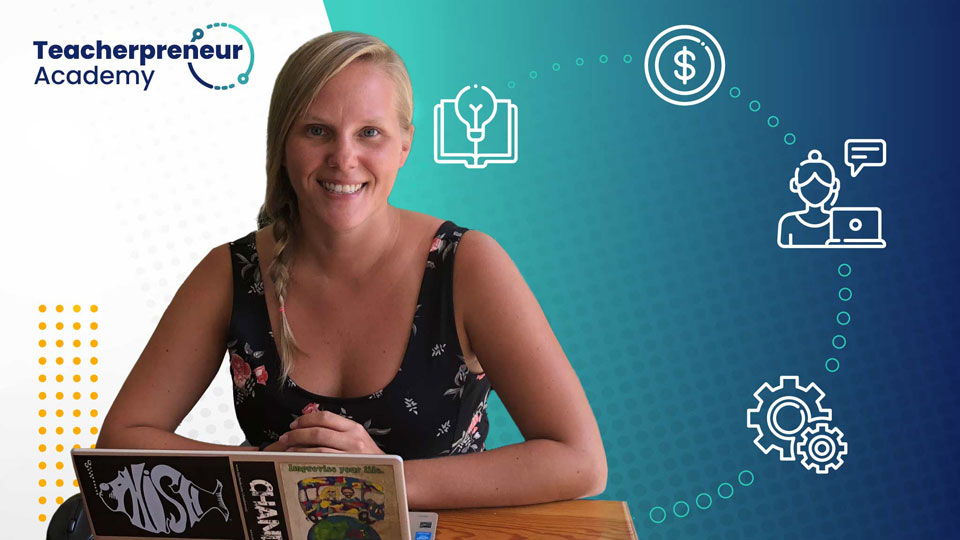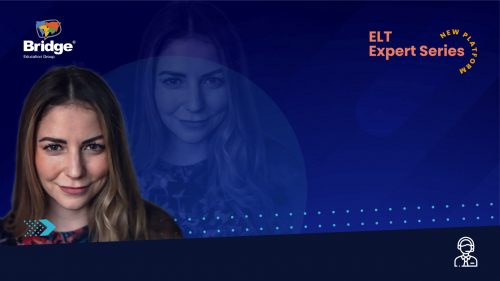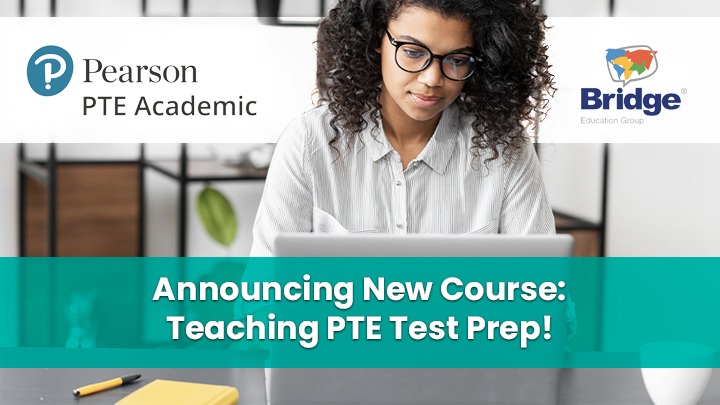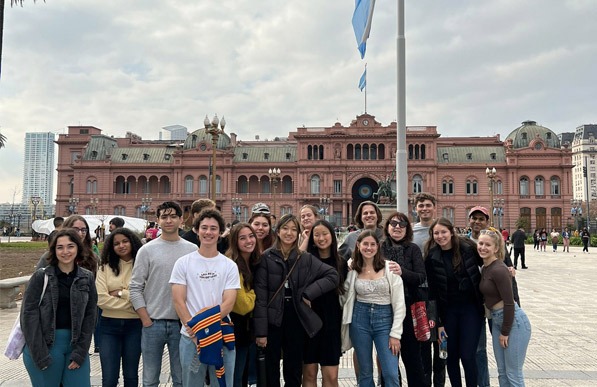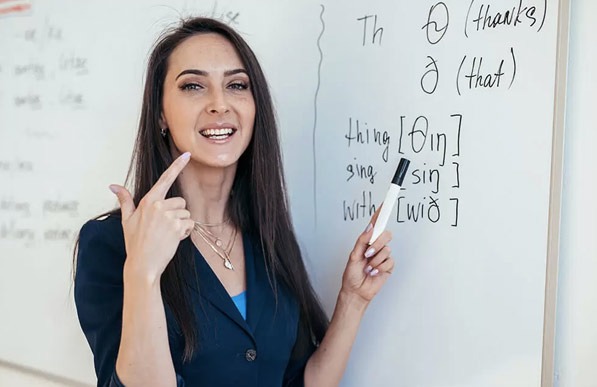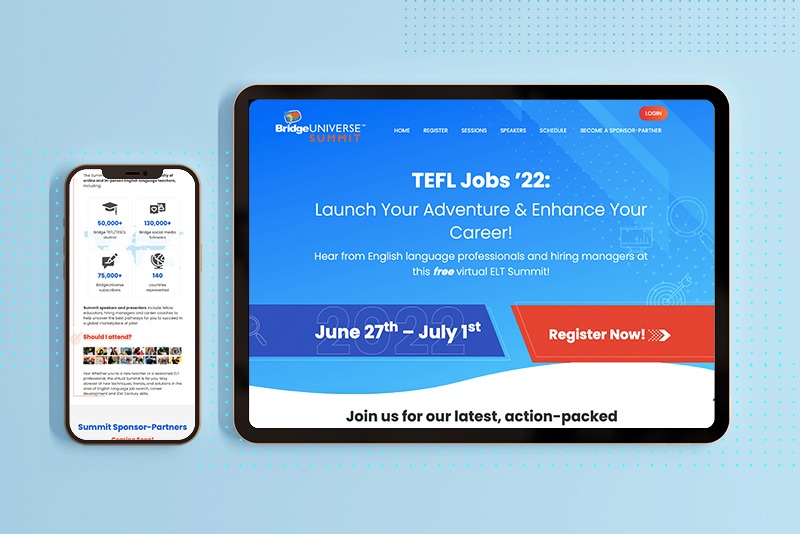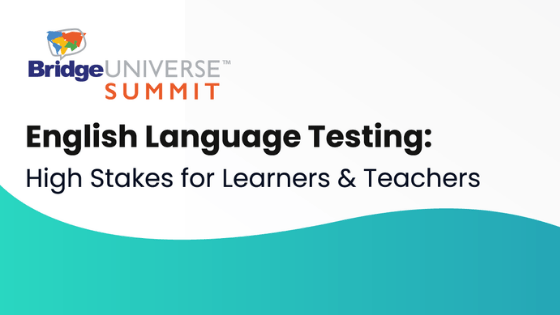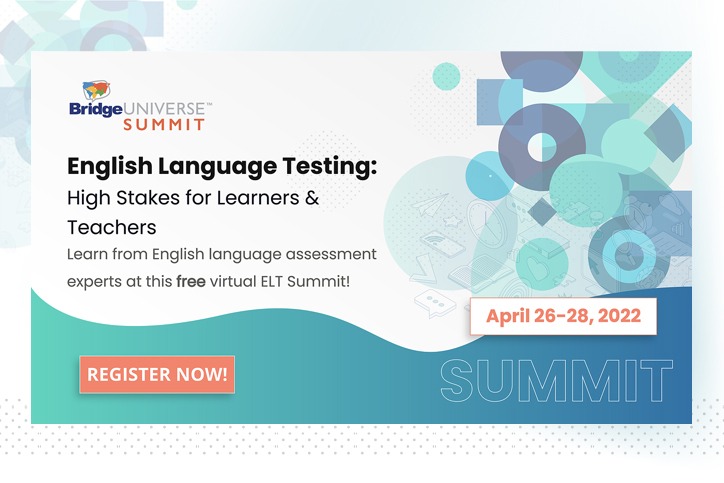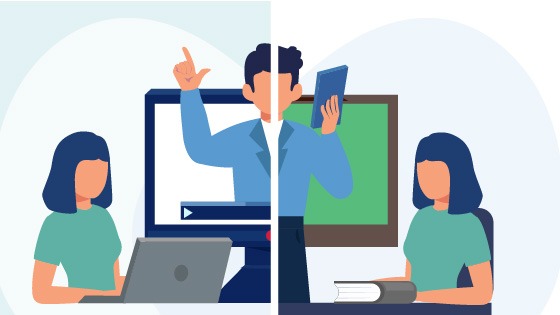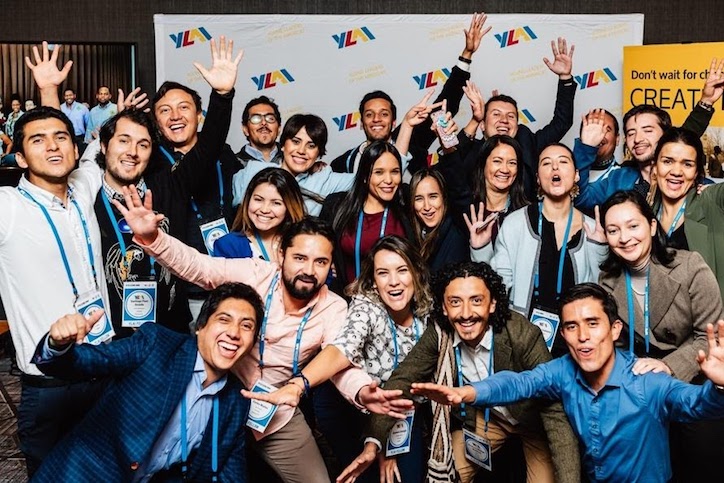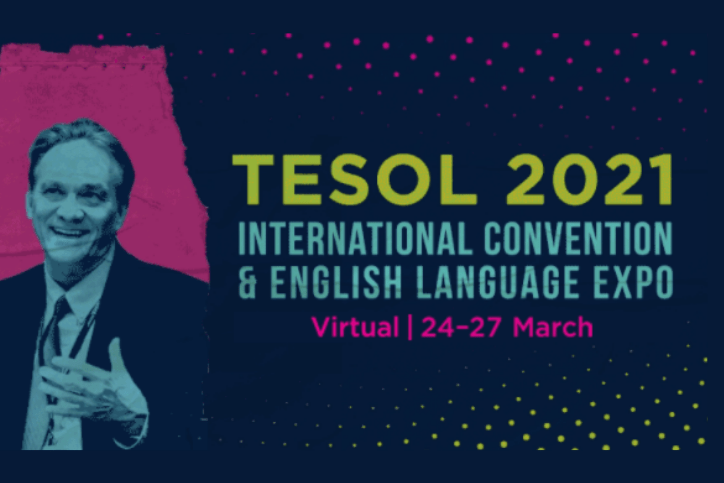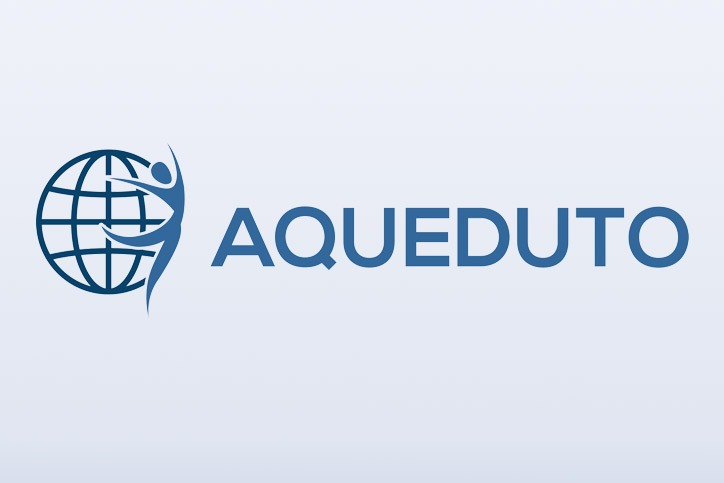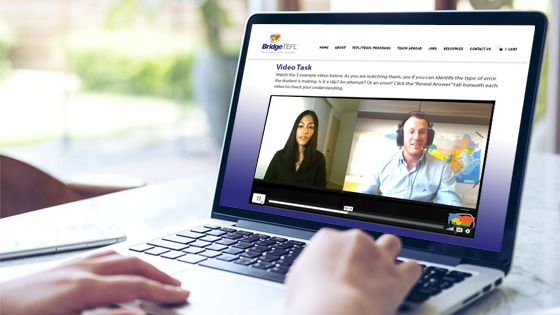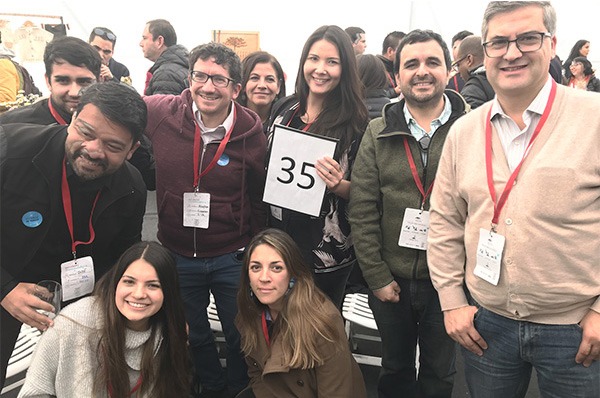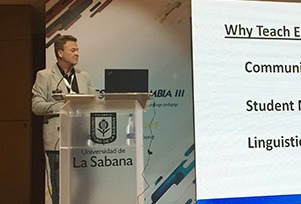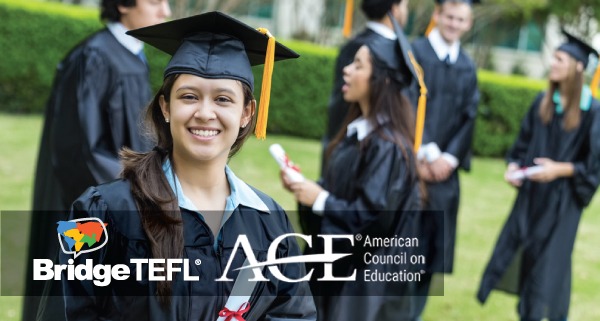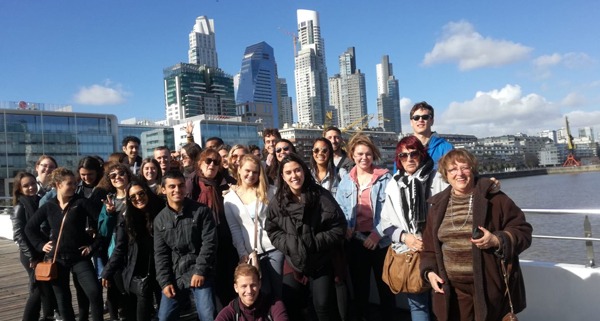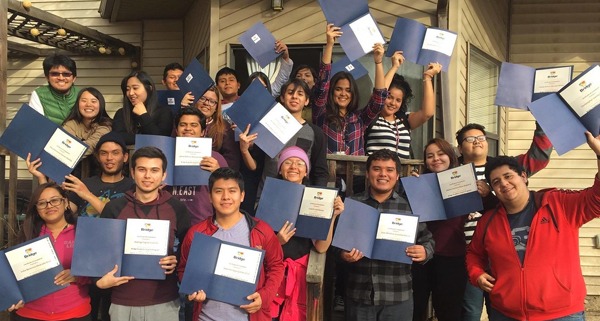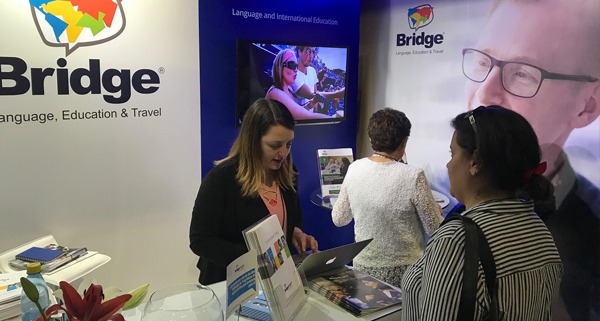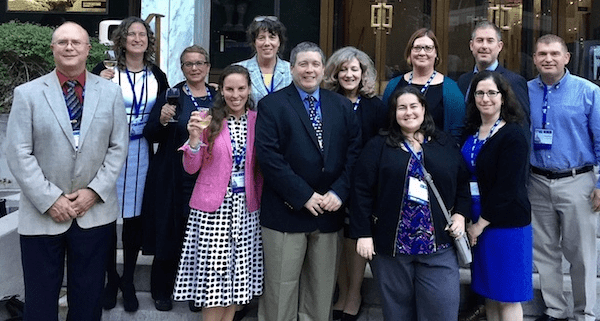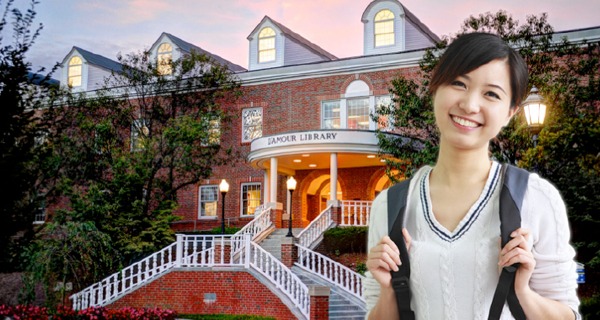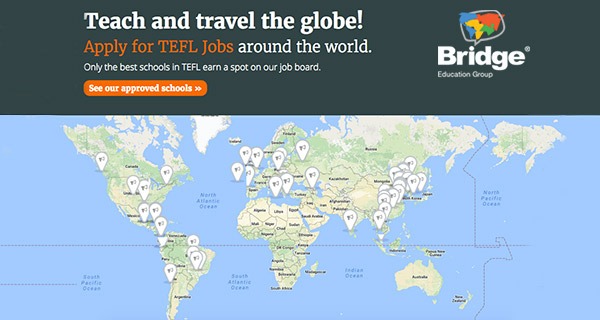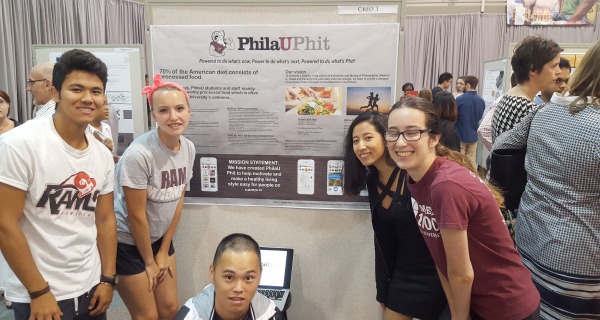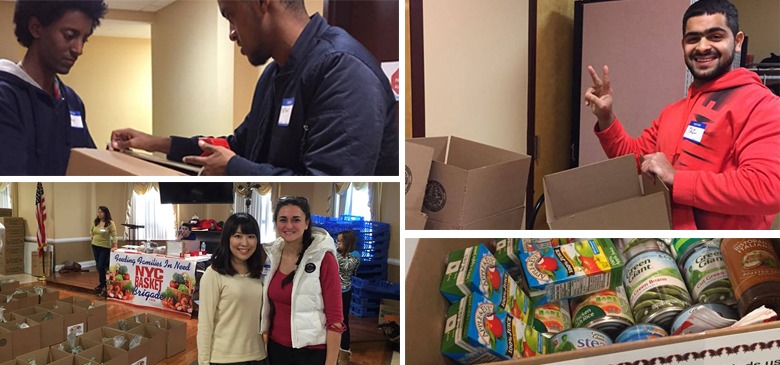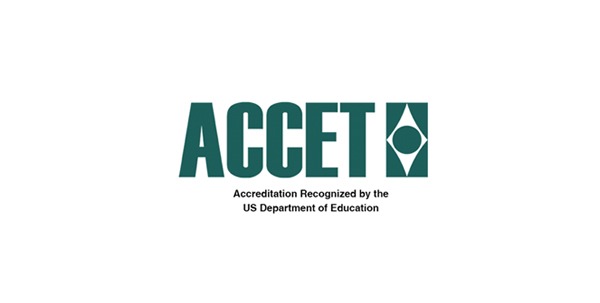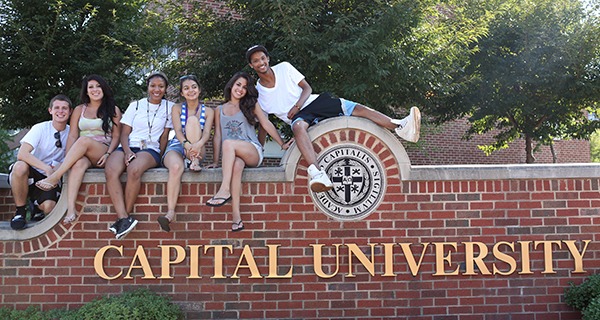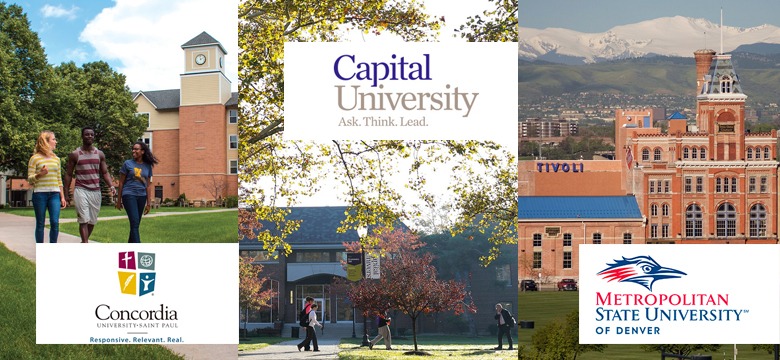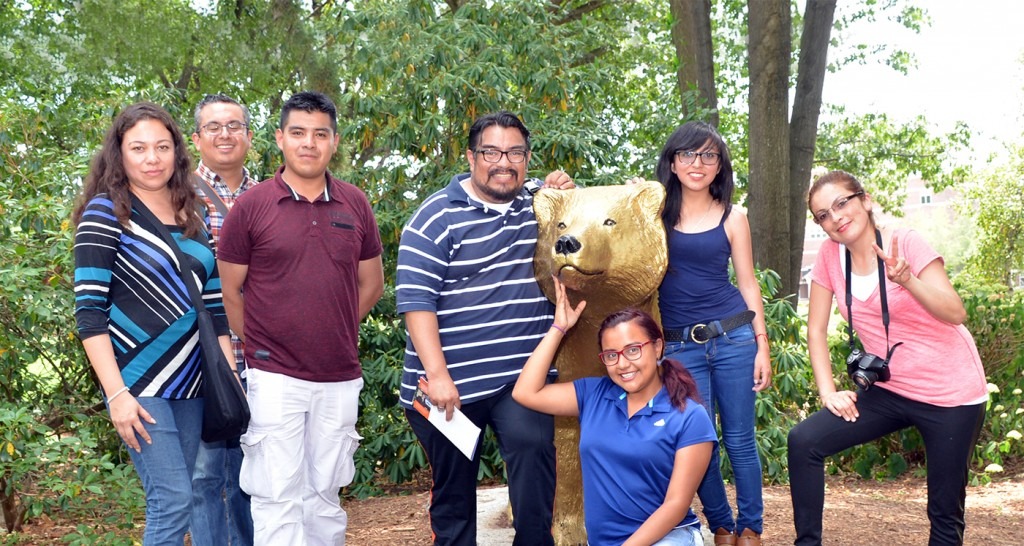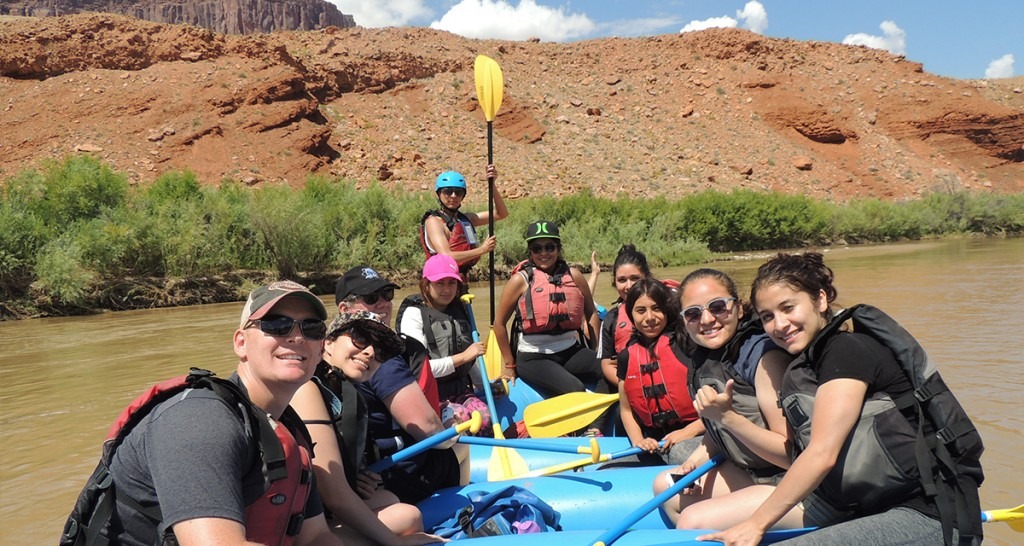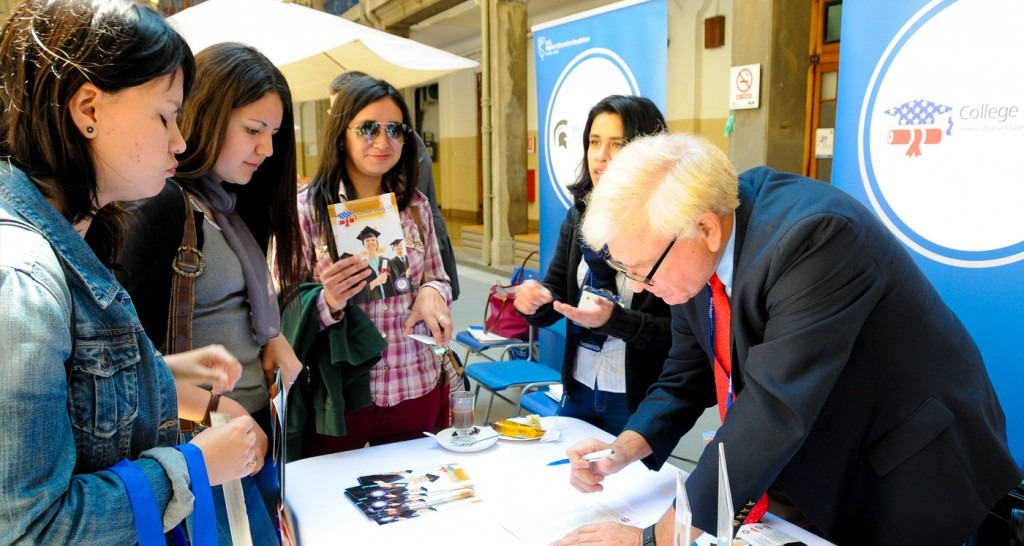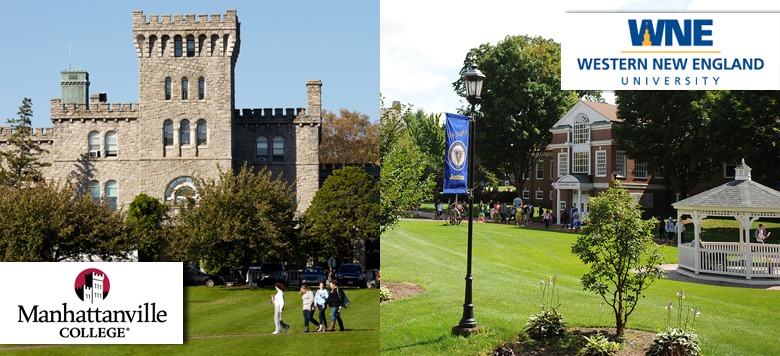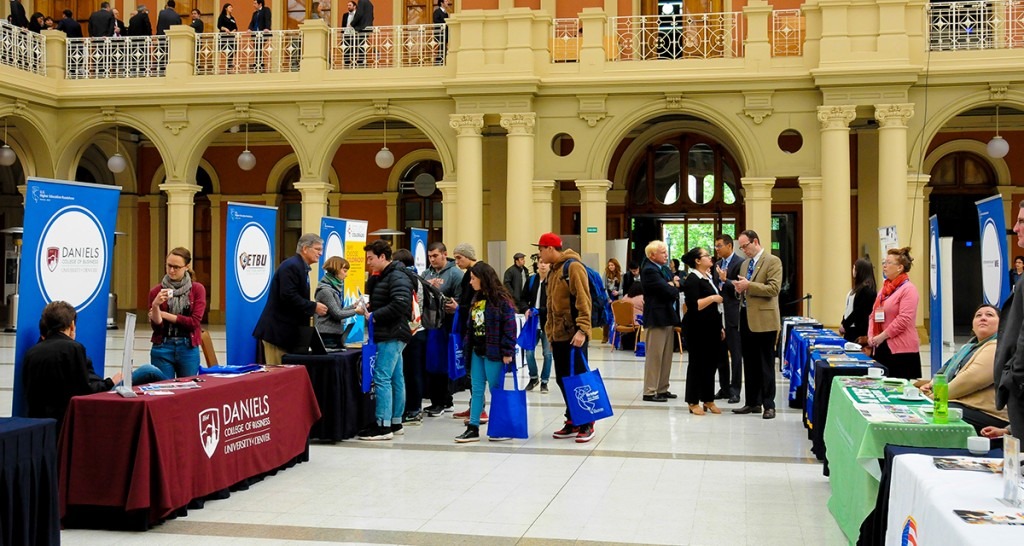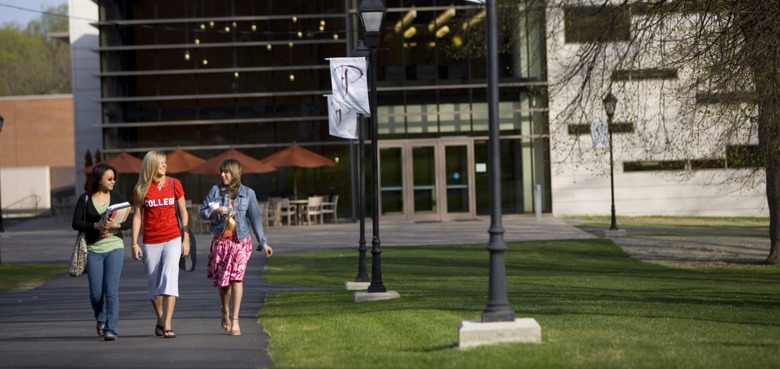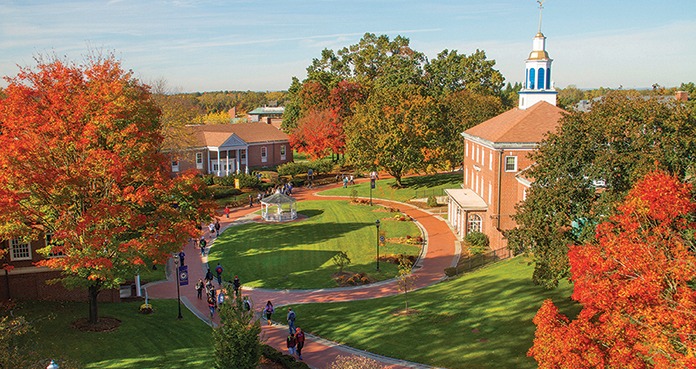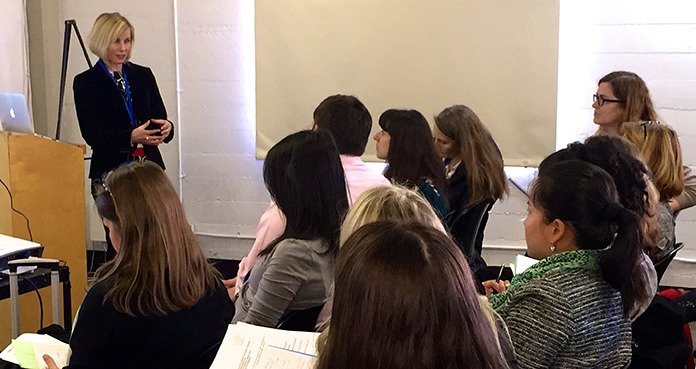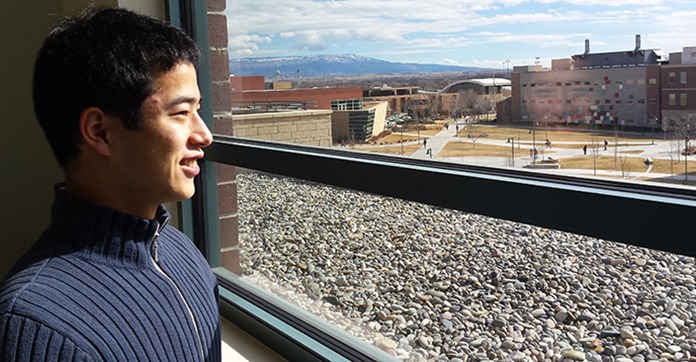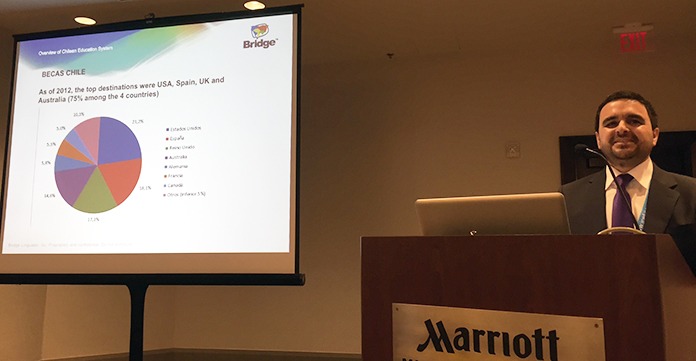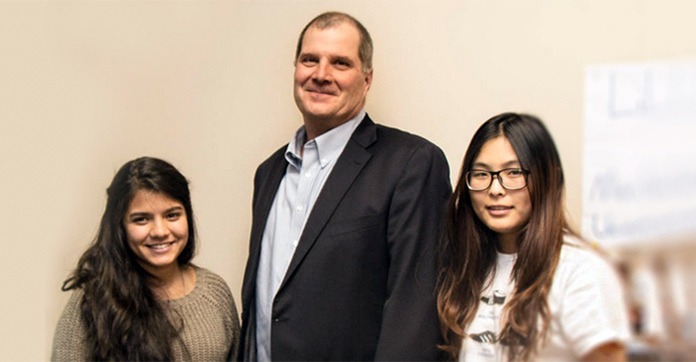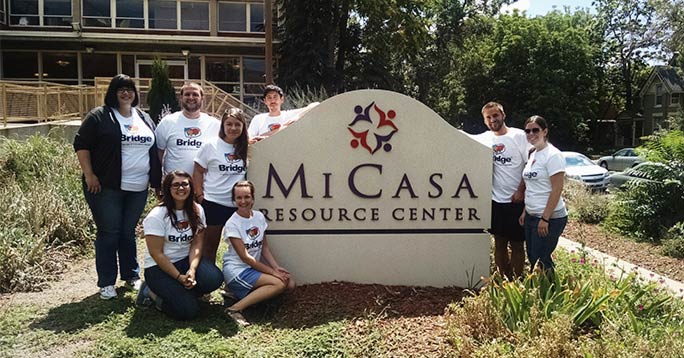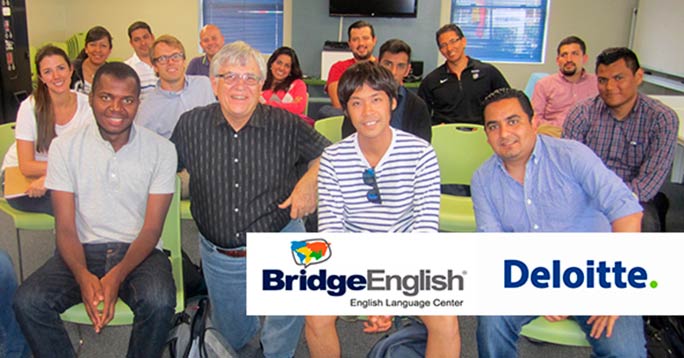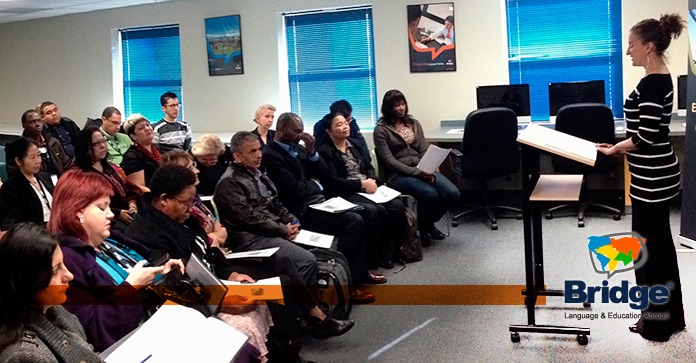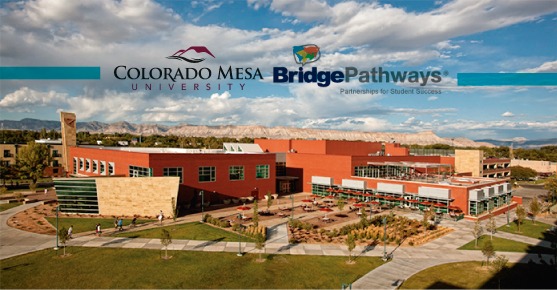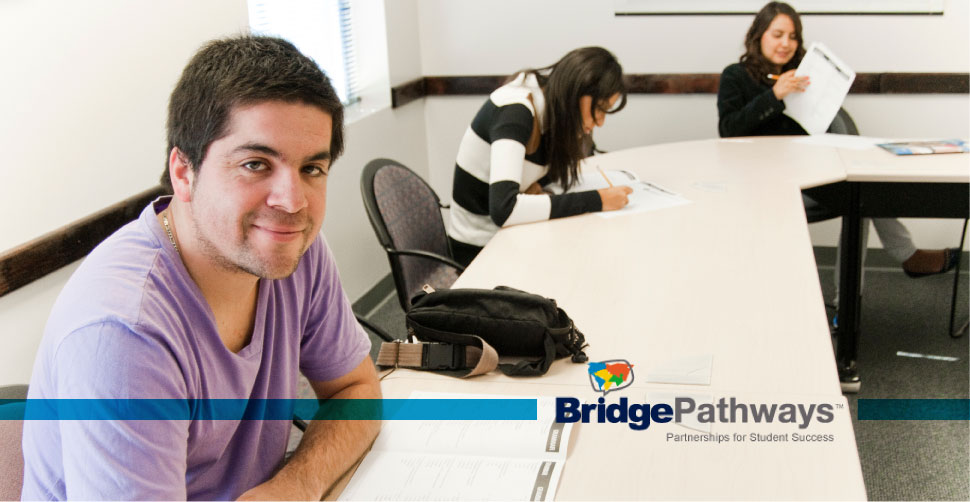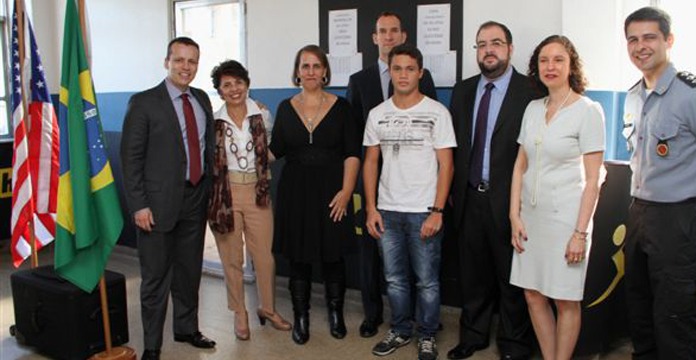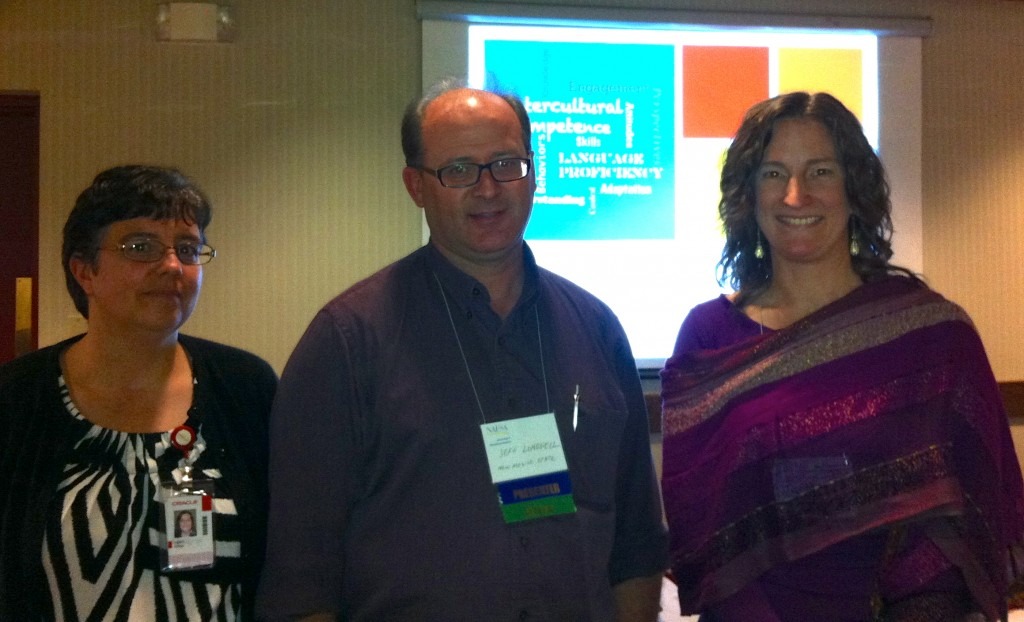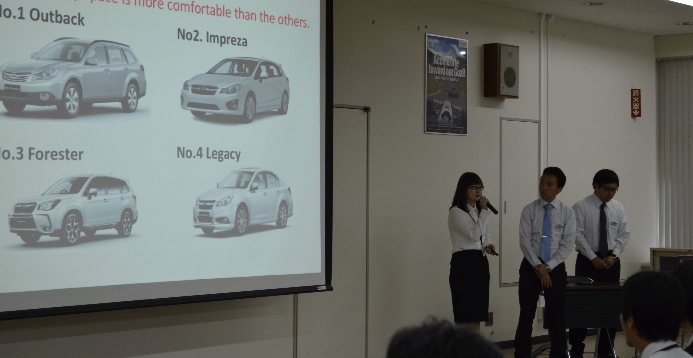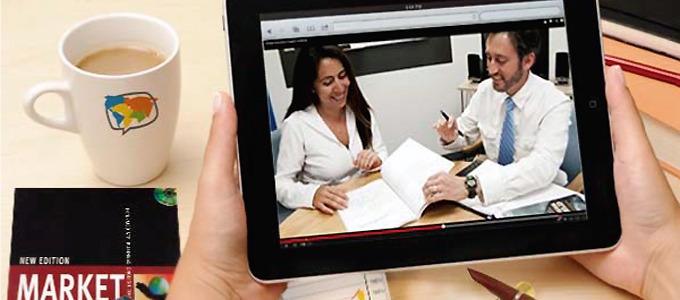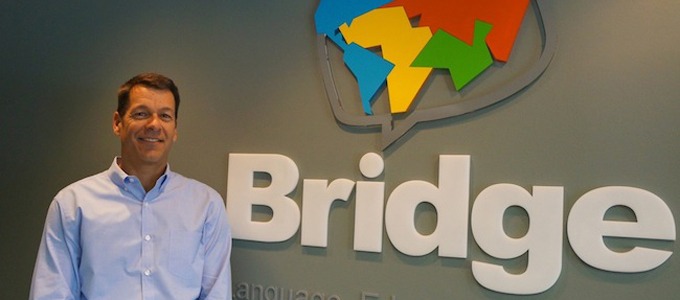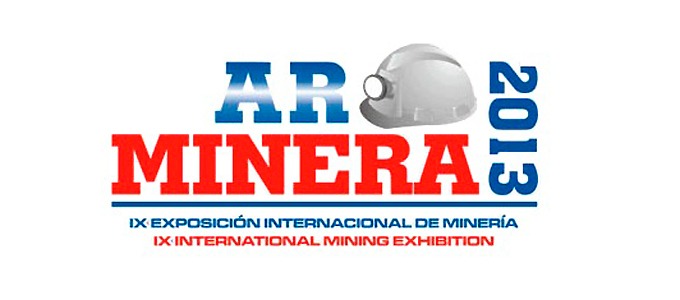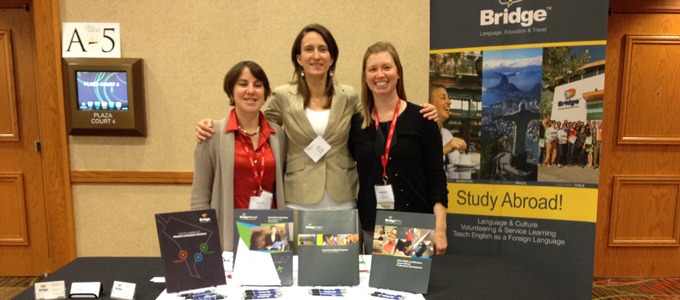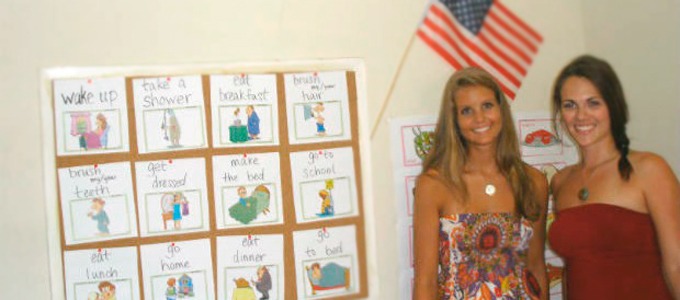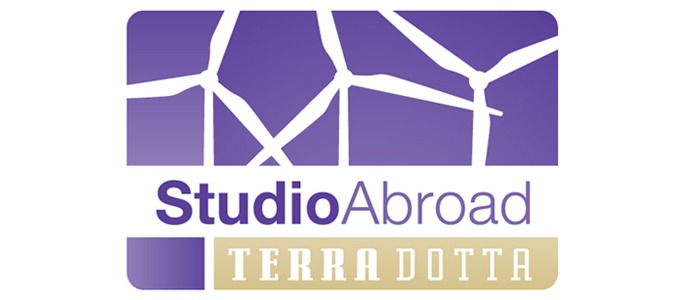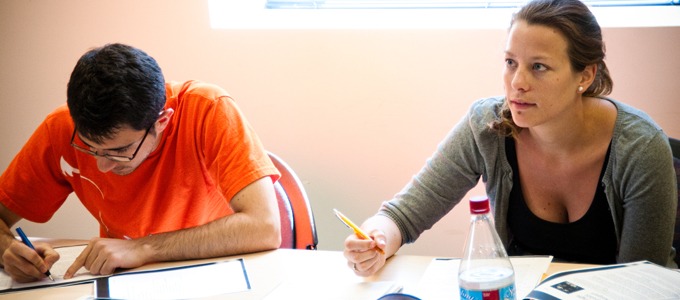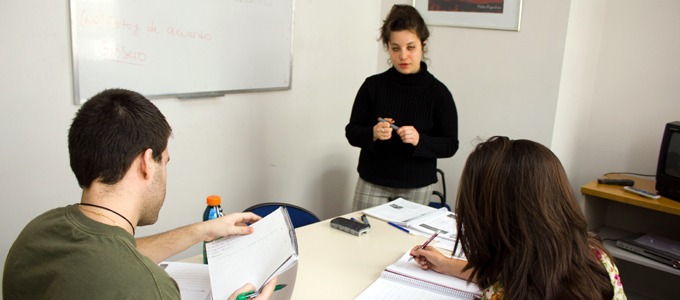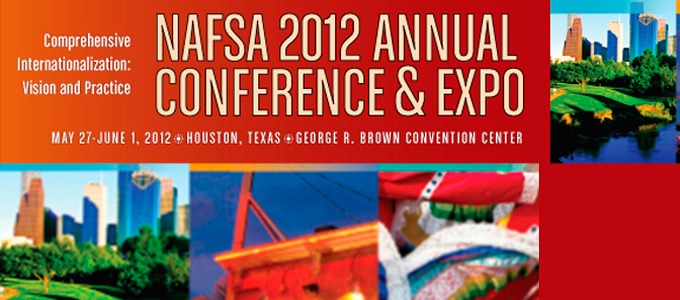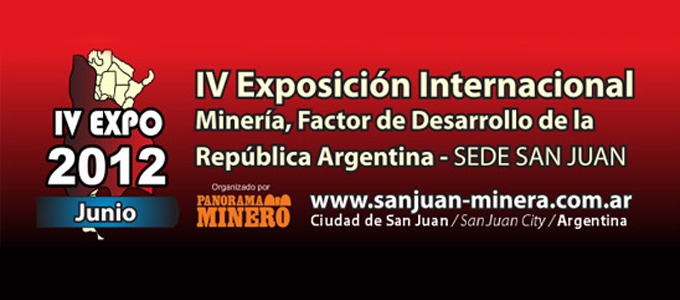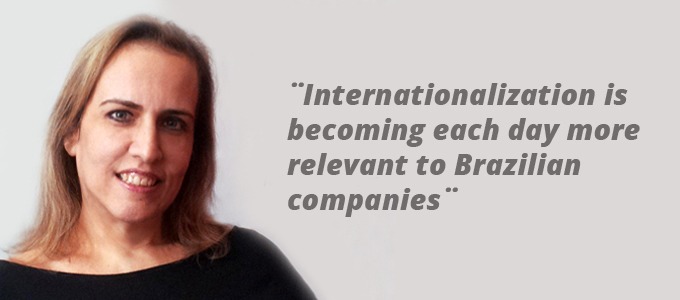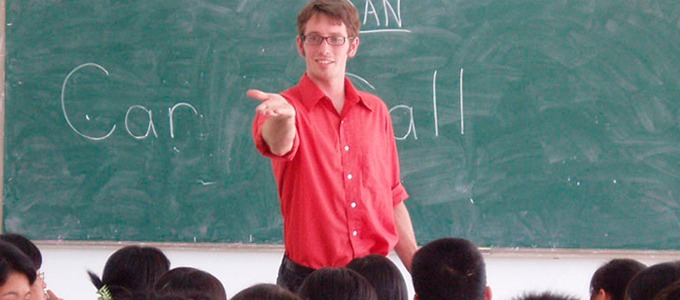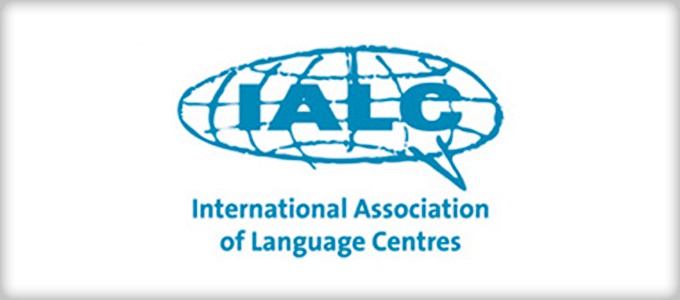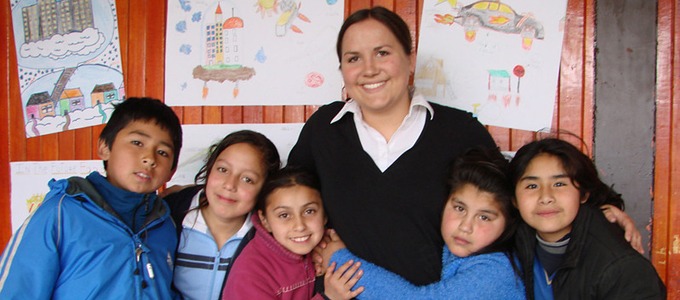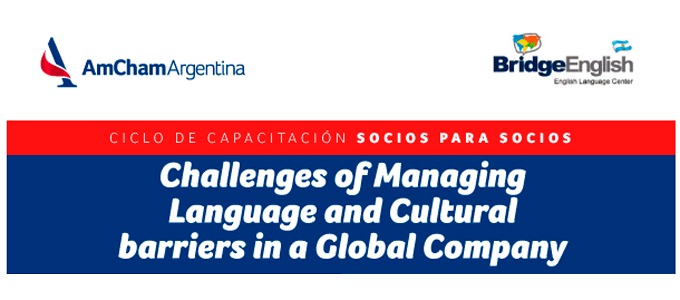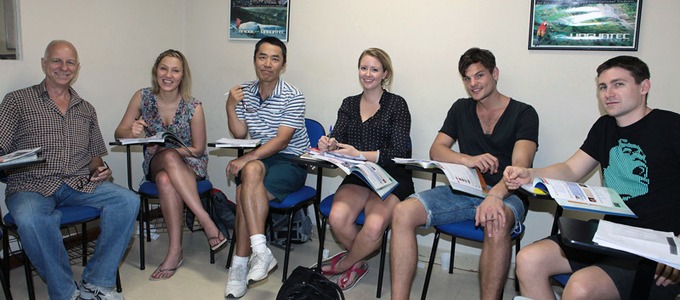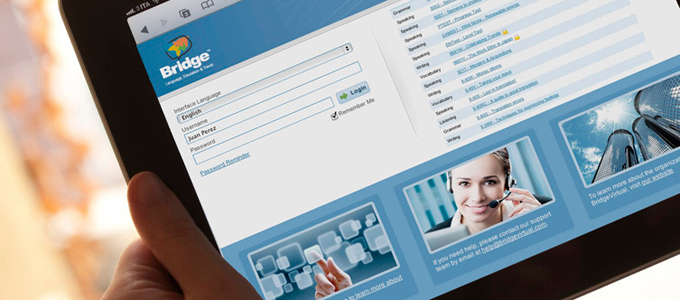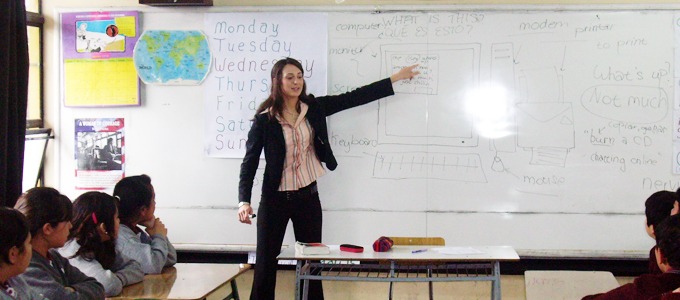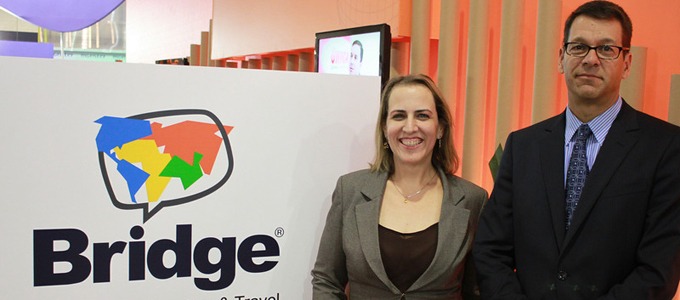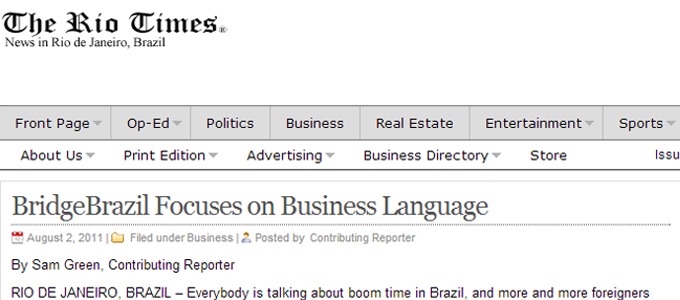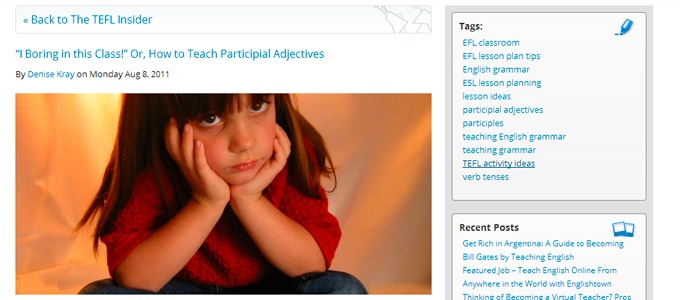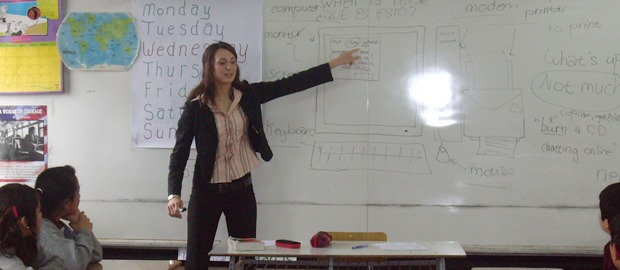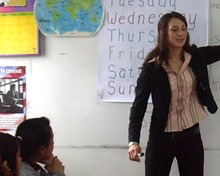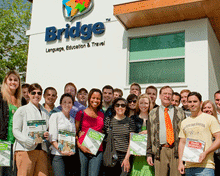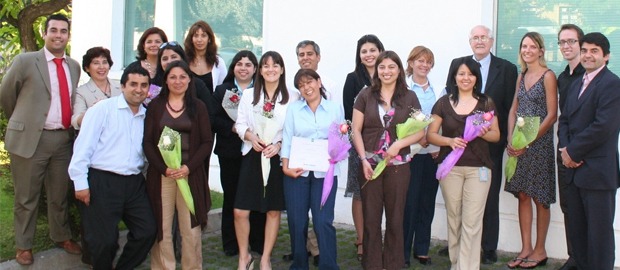— Our Blog —
Company News
Stay up to date with the latest happenings at Bridge! From new partnerships and program launches to milestones and industry events, stay informed about what’s new and exciting in our organization. Dive into articles on how we’re growing, innovating, and contributing to the English language teaching industry to better serve educators, learners, and corporate clients worldwide.
-
Innovative Strategies for Effective English Language Teaching: Highlights of BRAZ-TESOL SC’s Event in Florianopolis
By Krzl Light Nuñes
With an in-depth look at the meaning of “innovation” at its core, BRAZ-TESOL’s Santa Catarina Chapter recently brought together English language educators from the southern region of Brazil to the...
-
BBELT 2025 Highlights: Innovation, Adaptability, and Growth in ELT
By Ricardo Cifuentes
The 2025 BBELT Conference brought together English teaching professionals from around the world in a rich, all‐online setting. Centered around the theme “Shaping Brighter Futures Through ELT,” the event was... -
Bridge Earns 5-Year ACCET Reaccreditation: A Testament to Trust and Quality
By Rashmi Chugani
Bridge is proud to announce the successful completion of the rigorous reaccreditation process with the Accrediting Council for Continuing Education & Training (ACCET). With glowing marks, Bridge has been awarded...
-
Bridge Forms New Pathway Program With Scotland’s University of St Andrews
By Bridge
Bridge and the University of St Andrews have established a partnership to create Pathway Programs for students pursuing postgraduate TESOL and International Education programmes at the Scottish institution. This partnership...
-
Culture, AI, and the Future of Business English: Highlights From the 37th Annual IATEFL BESIG Conference in Malta
By Savannah Potter
For nearly 40 years, the International Association of Teachers of English as a Foreign Language, IATEFL, Business English Special Interest Group (BESIG) has hosted an incredible in-person event for TEFL/TESOL... -
Connect, Learn, and Grow: Preply Online Teaching Conference 2024 Highlights
By Krzl Light Nuñes
Bringing together online English teachers and experts from across the globe, Preply created a virtual hub of learning and inspiration as it hosted its third annual online teaching conference, from...
-
Teacher Change: Highlights of the TD SIG’s 2024 Web Carnival
By Krzl Light Nuñes
Empowering English language teachers to embrace change as a catalyst for professional growth, the IATEFL’s Teacher Development Special Interest Group (TD SIG) chapter hosted its eighth web carnival, titled “Teacher... -
Bridge Corporate Language Learning Implements FLOW Speak Language App in Business English Courses
By Rashmi Chugani
With English as the world’s lingua franca, English language training is a priority for many of today’s companies across diverse industries. Investing in English language training drives a company’s productivity... -
Supporting ELT Educators with Innovations in Language Instruction: Highlights of the 2024 Panama TESOL Convention
By Krzl Light Nuñes
From harnessing the power of AI in teaching to teacher entrepreneurship to novel materials and teaching methodologies, Panama TESOL sparked a wave of innovation at the fourth Panama TESOL Convention,... -
Umut Ergöz, New Content Curator & Poster Volunteer for IATEFL Business English SIG
By Krzl Light Nuñes
Equipped with a wealth of Business English teaching experience and a passion for digital content, Umut Ergöz, Academic Operations Coordinator for Bridge Corporate Language Learning, has recently joined the IATEFL... -
Employee Spotlight: Meet Ian Mearns, Bridge International Admissions Advisor
By Krzl Light Nuñes
Leveraging his background in teaching Business English and experience in event organizing, Ian Mearns has recently joined Bridge as its newest International Admissions Advisor to provide support to global English... -
Q&A With IDELTOnline™ Instructor Shélynn Riel
By Krzl Light Nuñes
Drawing from her extensive experience as a university academic English instructor, program director, and teacher trainer, Shélynn Riel is a Bridge International Diploma in English Language Teaching (IDELTOnline™) instructor and... -
Get to Know Bridge Corporate Language Learning and Discover New Online Teaching Opportunities
By Krzl Light Nuñes
Based in South America, Bridge Corporate Language Learning has not only helped ESL students reach their English language learning goals but also given global English teachers opportunities to grow in... -
Bridge’s IDELTOnline™ University Partners Share Benefits of MA TESOL Pathway Program
By Jennifer Maguire
The journey to pursue or enhance English teaching skills isn’t just about personal growth; it’s also about making connections. Bridge’s International Diploma in English Language Teaching (IDELTOnline™) provides a transformative... -
Bridge Team Strengthens with Enneagram Workshop by Awareness to Action
By Antonio Spencer
At Bridge Education Group, teamwork is one of our core pillars. We know that building and maintaining effective teams can be challenging, but we embrace this ongoing journey with enthusiasm.... -
IATEFL 2024 Conference: Leveraging Technology and Harnessing the Entrepreneurial Spirit
By Krzl Light Nuñes
As the use of AI and other technologies in English language teaching continues to expand, so do the discussions around the opportunities it brings and the ELT community’s discussions regarding... -
Global Connections: Introducing Bridge’s TEFL/TESOL Events Calendar
By Krzl Light Nuñes
Whether you’re a seasoned educator, a new teacher, or someone who’s just passionate about language and culture, TEFL events can connect you with educators and other industry experts worldwide who... -
Level Up Your Professional Development With Bridge Expert Series Webinars
By Krzl Light Nuñes
While growing as an English teacher involves keeping skills up to date and staying current on trends, you may wonder how you can fit continuous professional development into your daily... -
BBELT 2024 Conference Highlights: Exploring AI, Dynamic Resources, and Student Engagement
By Krzl Light Nuñes
Technology was the topic de jour at this year’s 21st Best and Brightest in English Language Learning (BBELT) Conference, held March 1-2, with many presenters discussing ways to leverage AI... -
Further Your Career by Upskilling With TEFL/TESOL Micro-Credentials
By Bridge
If you’re already teaching English or perhaps waiting to get hired with your new TEFL certificate, now is the perfect time to take TEFL/TESOL Micro-Credentials. These short, topical Bridge courses are online... -
Bridge and IATEFL LTSIG Co-Host Event on Empowering ELT Through Technology
By Rashmi Chugani
How are you using technology in the English language learning classroom? This co-hosted, free online event tackled the many ways technology can be a tool for today’s ESL/EFL educators. On... -
Bridge Partners With Universidad del Rosario for Faculty CLIL Training
By Bridge
Bridge's successful new partnership with Universidad del Rosario in Columbia to provide faculty CLIL training was embraced by participants and opened the door to future partnerships. -
Introducing the Teacherpreneur Academy: Empowering Educators to Launch an Independent Teaching Career
By Savannah Potter
A new kind of entrepreneur has arrived and is changing the landscape of online English language teaching. The teacherpreneur is an independent educator, driven business owner and lifelong student. These... -
No Teacher Left Behind: An Empowering 19th BRAZ-TESOL Conference
By Krzl Light Nuñes
With a spotlight on equipping the English language teaching community with the skills, tools, and best practices for current and future trends, BRAZ-TESOL convened ELT educators from Brazil and abroad... -
Bridge Strengthens Key Partnership With Participation in EF Teach Online Conference
By Bridge
Bridge Education Group and EF Teach Online have an extensive history of collaborating in the ELT space by developing resources, industry insights, and information to support the global community of... -
Get to Know Bridge Expert Series Webinar Moderator Shélynn Riel
By Savannah Potter
The Bridge ELT Expert Series of live monthly webinars brings together ELT experts to share insights and perspectives on the latest English language learning techniques and technologies. Each month focuses... -
Bridge Launches New PTE Test Prep Course in Collaboration with Pearson
By Bridge
Bridge is excited to announce the launch of a new Micro-credential course: Teaching PTE Test Prep. This course has been designed in partnership with Pearson English to prepare trainees to... -
Bridge and Ellii Partner to Expand English Language Teacher Training and Resources
By Bridge
Bridge Education Group has joined forces with Ellii, a Canadian company that publishes English content for teachers. Through this new partnership, Bridge and Ellii will be able to provide their... -
Bridge Argentina Center Renews Dialogue of Civilizations Program with Northeastern University
By Bridge
After two years of strict COVID-19 travel measures, the BridgeEnglish Center in Buenos Aires successfully hosted 18 students and one faculty member from Northeastern University. This group of undergraduates from... -
Bridge Launches New Micro-Credential Course: Teaching English Pronunciation
By Bridge
Bridge is excited to announce the launch of a new Micro-credential course: Teaching English Pronunciation. The course has been designed with best practices for eLearning, includes more than 200 sample... -
Bridge Launches BridgeUniverse Jobs Summit Focused on Teaching English Globally
By Bridge
Bridge is excited to announce the next BridgeUniverse Summit, TEFL Jobs ’22: Launch Your Adventure & Enhance Your Career!, which will take place June 27th through July 1st. It will... -
Key Takeaways From the BridgeUniverse English Language Testing Summit
By Rashmi Chugani
BridgeUniverse successfully hosted its second Summit with the participation of various leaders in the English Language Testing field. The Virtual Summit on English Language Testing: High Stakes for Learners &... -
Bridge Launches BridgeUniverse Virtual Summit on English Language Proficiency Testing
By Bridge
BridgeUniverse, the media, research, and news arm of Bridge Education Group, is excited to host the upcoming Virtual Summit on English Language Testing: High Stakes for Learners & Teachers. The... -
Teach Online and Worldwide With the Comprehensive Certification Bundle
By Jennifer Collis
Teaching English has been redefined, becoming a blend of classroom and virtual instruction. Likewise, the future of TEFL abroad has expanded to include teaching English in the classroom as well... -
Bridge’s Innovative New Training in CLIL Methodology Prepares Schools for the Future of Bilingual Education
By Bridge
Bridge Education Group, a leader in English language teacher training, has just launched a unique new program to prepare schools to adopt the CLIL teaching method: Specialized Certification in Content and... -
Bridge Hosts International Fellows From State Department Entrepreneurship Program
By Rashmi Chugani
Bridge is hosting entrepreneurial fellows from Central and South America as part of a State Department initiative to support business connections between the US and the Americas and empower young... -
Bridge and Happy Teachers Jamaica Present at the TESOL 2021 International Convention & Expo
By Jennifer Collis
The TESOL 2021 International Convention & English Language Expo is an opportunity for English language professionals to share expertise, build relationships with the global ELT community, learn about professional development,... -
Bridge to Participate in the 2021 Language Summit as a Platinum Sponsor
By Rashmi Chugani
The inaugural Language Summit, March 3-5, is an innovative virtual event that brings together the language-learning and edtech industries. -
Bridge Joins Forces with Innovative Hip-Hop Startup, Lo-Fi Language Learning
By Rashmi Chugani
Bridge Education Group has joined forces with Lo-Fi Language Learning in a very special project designed to support English language professionals looking to shake things up by teaching English through... -
Bridge Launches New Micro-Credential Courses – Professional Development for Online English Teachers
By Bridge
Bridge rolled out its first TEFL/TESOL Micro-credential courses in June as part of the organization’s mission to empower global English language teachers through affordable, accessible, accredited professional development. Following the... -
Bridge Expands Global Reach With New ASOCOPI Collaboration
By Rashmi Chugani
Bridge Education Group has recently entered into a new collaboration with another TESOL organization: Asociación Colombiana de Profesores de Inglés (ASOCOPI), a non-profit organization for English language teachers in Colombia.... -
Bridge Collaborates with Korean Teachers’ Association, KOTESOL
By Rashmi Chugani
Bridge has teamed up with professional teaching organization, Korea TESOL, to offer members special discounts on TEFL/TESOL certification courses and professional development. This relationship, which is the first of its... -
Bridge Continues to Set Industry Standards with New Aqueduto Accreditation
By Rashmi Chugani
Bridge is now accredited by Aqueduto, a UK-based organization that evaluates online training courses. By joining Aqueduto, Bridge continues to set the standard in the online teacher-training space. This new... -
New Bridge Micro-Credentials – Putting Professional Development Within Reach for All English Teachers
By Bridge
Bridge strives to support global English language teachers at every stage of their career, from initial certification for new teachers to ongoing professional development for more experienced educators. To help... -
Bridge Offers Free Online Teacher Training to the English Language-Travel Sector
By Bridge
Bridge Education Group just announced the launch of a free version of its specialized teacher training courses, Foundations and Advanced Methods in Teaching English Online, specifically for fellow members of... -
The Bridge Teaching English Online Specialized Certification Program Now Offers a Practicum!
By Kevin Mermel
The online English teaching job market is growing fast as teachers and students are drawn to the accessibility and convenience of the virtual classroom. Our newly updated Certification in Teaching... -
Bridge Introduces Its Newest TEFL/TESOL Program: Practicum in Teaching English Online
By Bridge
For more than three decades, Bridge has been at the forefront of language learning and teacher training, offering innovative products designed to prepare teachers for the classroom and make them... -
Bridge Introduces Digital Badges for TEFL/TESOL Certification
By Bridge
Until recently, digital badging, a dynamic tool used to showcase and share credentials in a more robust way than certification alone, has been most commonly seen in the fields of... -
Bridge Takes Part in the 2019 Global English Education Assembly in China
By Bridge
Chinese-based English-language newspaper, China Daily, organized this year’s 2019 TESOL International Association China Assembly, in conjunction with TESOL International Association, Shanghai International Studies University, and Hangzhou Municipal Government. The second... -
Bridge in Chile Receives B Corp Status for Dedication to Social Impact
By Camille Turner
On May 28, 2019, Bridge in Santiago Chile officially became a B Corporation. Companies who achieve B Corp status have been evaluated to ensure that they create significant, positive social... -
Bridge Presents at the 2019 TESOL Colombia Conference
By Bridge
TESOL Colombia is a nonprofit organization whose mission is to enhance professionalism in English language teaching within the country. The organization’s annual conference is an opportunity for educators and administrators to come... -
Bridge Launches Dynamic New TEFL Courses: Teaching Young Learners and Teaching Teenagers
By Bridge
International education organization and language training provider, Bridge Education Group (Bridge®), has just added two new Teaching English as a Foreign Language (TEFL) certification courses to its growing portfolio: Specialized... -
BridgeTEFL Courses Receive College Credit Recommendation by the American Council on Education®
By Bridge
BridgeTEFL, the teacher-training division of Bridge Education Group, offers a portfolio of credentials and professional development options for ESL/EFL teachers. Our TEFL/TESOL programs are designed for those who plan to... -
BridgeArgentina Hosts 8th Annual Faculty-Led Group from Northeastern University
By Jennifer Collis
Bridge in Buenos Aires, Argentina, is renowned for its immersive study abroad Spanish programs and customized faculty led trips for U.S. universities. This year, a group of about 30 undergraduate... -
Bridge Partner Philadelphia University Combines with Thomas Jefferson University to Form the New Jefferson!
By Jennifer Collis
It’s official– Bridge partner, Philadelphia University, combined with Thomas Jefferson University to create a comprehensive national university that will be now be called Jefferson (Philadelphia University + Thomas Jefferson University).... -
BridgeEnglish in Denver Selected for Chilean English Language Initiative
By Jennifer Collis
BridgeEnglish in Denver was recently selected by the Chilean government from among a competitive pool of language providers to host two very special young students, Bastián and Alonso, for three... -
Proyecta 100,000 – Sharing culture and strengthening ties between the USA and Mexico
By Bridge
BridgePathways at Colorado Mesa University was proud to host the third annual cohort of students from Mexico as part of the 100,000 Strong in the Americas initiative (Proyecta 100,000), which... -
Bridge Attends Millennial-Focused Expo in Chile
By Jennifer Collis
Bridge Education Group was excited to take part in the recent 2017 Expo, Capital Humano, in Santiago, Chile on November 14th, 2017. The annual event is an opportunity for Latin... -
3 Ways Universities Can Maximize Agent Partner Relations
By Bridge
As more universities work with international student recruitment agents around the globe every year, many institutions have questions about how to best maximize this channel partner relationship. Andrew Johnson, International... -
Notes from the Field – Takeaways from the EnglishUSA Annual Conference
By Lisa Rooney
Lisa Rooney, Vice President for Institutional Relations at Bridge, shares key takeaways she learned regarding Intensive English Program while attending the EnglishUSA Annual Stakeholders Conference in Washington, D.C on October... -
Bundled University Pathways… Unbundled?
By Jean-Marc Alberola
Are so-called “bundled pathways” still the best choice for the recruitment of international students at U.S. universities, and the world over, or are unbundled, a la carte services the future?... -
Bridge Launches International Education Consulting Division: BridgeGlobalEd.
By Jennifer Collis
Bridge Education Group has announced the addition of a new International Education Consulting division to its diverse portfolio of educational services. The BridgeGlobalEd division offers institutes of higher education a... -
U.S. Higher Education Roadshows in Latin America: Unique Opportunities for International Collaboration
By Bridge
Building on the success of the 2015 and 2016 Higher Education Roadshows in Chile, Bridge has expanded these networking events to Brazil and Chile in fall 2017 and Peru and... -
Brazil’s Higher Ed Policy Change – Funding for International Mobility
By Bridge
In a recent policy shift that will be of interest to professionals in international education, the PIE News reported that Brazil institutes of higher education, rather than the federal government,... -
Bridge Launches New TEFL –TESOL Job Board!
By Jennifer Collis
With the goal of connecting TEFL-qualified teachers with the very best teaching jobs abroad, we have just launched the BridgeTEFL Job Board. This freely accessible Job Board features only Bridge-reviewed... -
Bridge Students at Philadelphia University Collaborate on Nexus Maximus Project
By Jennifer Collis
Bridge students at Philadelphia University had a chance to participate in a unique, collaborative event on campus. They joined students from PhilaU and other universities in the U.S., and even... -
Colombian Scholarship Recipients Study at BridgeEnglish in Denver
By Jennifer Collis
Students from two universities in Colombia came to the U.S. to study at Bridge as part of a government scholarship they received for high achievement. The student group studied at... -
Bridge Students Give Back to the Community at Manhattanville College in New York
By Jennifer Collis
Bridge General English and Pathways students at Manhattanville College in Purchase, New York, learned about the U.S. tradition of giving back over the holidays. Volunteers took part in an annual... -
Bridge Review Results in Maximum Reaccreditation
By Jean-Marc Alberola
Denver-based Bridge Education Group (Bridge) announced that following a recent evaluation, the organization has been granted a five-year reaccreditation by the Accrediting Council for Continuing Education and Training (ACCET). This... -
Bridge Education Group Announces Three New U.S. University Partnerships
By Jennifer Collis
Bridge Education Group has announced new partnerships with three universities in the United States. The partnerships include a new ESL Pathways center on the campus of Concordia University, St. Paul... -
TEFLOnline.com Launches Newest Version!
By Jennifer Collis
Denver-based international education organization and language training provider, Bridge Education Group (Bridge®), has just debuted the newest version of its online TEFL course, TEFLOnline.com. Originally created in 2005, TEFLOnline.com... -
BridgePathways Adds Three New University Partners
By Jennifer Collis
Following the recent opening the BridgePathways centers at Manhattanville College in New York and Western New England University in Massachusetts, Bridge is proud to announce three more university partners. The... -
Bridge at Western New England University Invited to Host Proyecta 100,000 Students from Mexico
By Lisa Rooney
International education organization and language provider, Bridge Education Group®, in partnership with Western New England University (WNE) in Western Massachusetts, has been selected to host a group of Mexican students... -
Bridge at Colorado Mesa University Selected to Host Proyecta 100,000 Students from Mexico
By Lisa Rooney
Denver-based ESL pathway provider, Bridge®, will host two cohorts of Mexican students as part of the Proyecta 100,000 scholarship program. The scholarship recipients will study English language and American culture... -
Bridge and StudentMarketing Collaborate on Market Research Initiative
By Jean-Marc Alberola
Bridge Education Group and StudentMarketing, a market intelligence firm specializing in international education, announce their joint research initiative on the pace of adoption of international student recruitment agencies by U.S.... -
Bridge Opens in New York and Massachusetts
By Bridge
Following the opening of BridgePathways at Husson University in October 2015, two new locations will open in January 2016: BridgePathways at Manhattanville College and BridgePathways at Western New England University.... -
Bridge Hosts U.S. Higher Education Roadshow in Chile
By Bridge
Bridge Education Group announced the organization of its first annual U.S. Higher Education Roadshow in Chile, an action-packed week of student recruitment and business development for a select group of... -
Celebrating One Year: BridgePathways at Philadelphia University
By Bridge
BridgePathways at Philadelphia University has now helped students improve their English for over a year. The first group of students from the program are now working towards their desired degrees... -
Bridge To Open Three New, On-campus BridgePathways Centers in the United States
By Lisa Rooney
The new centers will be hosted at Husson University, Manhattanville College, and Western New England University. -
Regional Director Presents at EnglishUSA Conference
By Lisa Rooney
Ala’s interactive presentation, “Student Services: Moving from a Reactive to Proactive Approach,” was designed to help participants reflect on their institutions and to share best practices. -
Local Newspaper Features BridgePathways at Colorado Mesa University Student
By Bridge
Newest student at BridgePathways at Colorado Mesa University gains attention in local newspaper. -
Bridge Presents at 6th Annual AIRC Conference
By Jean-Marc Alberola
Bridge® President and Latin American Regional Director joined Executive Director of Learn Chile, for a presentation at the AIRC Conference held in Miami, Florida. -
Chadron State College Grads
By Bridge
This fall, BridgePathways opened its doors at Chadron State College to help students improve their English and experience life in American university campuses. -
Notre Dame Sends MBA Students to Study at BridgeChile
By Bridge
The University of Notre Dame recently sent 12 students to BridgeChile in Santiago to participate in a seven-week Spanish course, in conjunction with Universidad Católica, as part of their foreign... -
Bridge Employees Volunteer at MiCasa Resource Center
By Bridge
This month, employees from Bridge in Denver spent a Friday afternoon getting their hands dirty for the very first BridgeCommunity project at the MiCasa Resource Center. -
Deloitte Sends Delegate of Mexican Managers to BridgeEnglish, Denver
By Bridge
International accounting and consulting firm identifies 29 promising managers from Mexico to study English at Bridge for 4-5 weeks. -
President of Bridge moderates IALC panel on the future of online bookings
By Lisa Rooney
At IALC Workshop in Brisbane, the President of Bridge moderated a panel of experts to discuss the future of online bookings in the study travel industry. -
International Education Leaders Convene at Bridge
By Bridge
International Education Leaders Convene at Bridge for U.S. Department of State Sponsored Workshop -
Colorado Mesa University Announces Opening of New BridgePathways® Center
By Lisa Rooney
Colorado Mesa University in Grand Junction, CO, commits to preparing international students for a successful U.S. university education through its on-campus BridgePathways center. -
Bridge Selected by Partners of the Americas to Provide English Teachers to Colombia
By Lisa Rooney
Bridge helps support Colombia’s Servicio Nacional de Aprendizaje (SENA) in educating fully bilingual citizens through its “Teach English Colombia” (TEC) program. -
Opening of Four BridgePathways® Centers Announced in The PIE News
By Bridge
The PIE News, an international education media outlet, announced that Bridge® is opening four BridgePathways® centers in the United States and Brazil. -
Bridge Sponsors Brazilian Student to Study in Denver through UP with English Program
By Bridge
A Brazilian student will travel to the United States as part of the UP with English Program, created by the US Consulate in Rio de Janeiro. -
Bridge Presents on Importance of Foreign Language Skills for Globally Competent Graduates
By Lisa Rooney
Bridge, New Mexico State University, and Oracle argued last month at the NAFSA Region II conference for international educators. -
Hitachi Employees Improve English Skills in Denver, Colorado
By Bridge
Employees from Hitachi in Japan came to BridgeEnglish Denver this year to study General English. The students stayed three months in Denver, Colorado and were immersed in the language, as... -
Bridge to Provide Support to Biennial of the Americas
By Lisa Rooney
Bridge is giving back to the community by partnering with the Biennial of the Americas event during the week of July 15. -
New Bridge Linguatec Marketing Videos to Promote Top Programs
By Lisa Rooney
We have launched new online videos aimed to promote programs offered in TEFL certification, business English, and university placement services. -
President of Bridge Interviewed in the PIE Review
By Lisa Rooney
The PIE Review, a magazine for professionals in international education, recently interview President and founder of Bridge, Jean-Marc Alberola. -
BridgeEnglish at ARMINERA 2013
By Bridge
The BridgeEnglish Argentina sales team will be attending ARMINERA 2013 in Buenos Aires, Argentina. -
Bridge at NAFSA – Everything Brazil
By Lisa Rooney
At this year's Annual NAFSA Conference in St. Louis, Bridge invites you to discuss your institution's top initiatives regarding Brazil. -
Hot Topic at the Forum: Language & Culture
By Lisa Rooney
Language and culture are in the international education spotlight this year and Bridge is looking forward to discussing this important aspect of education with you at The Forum Conference in... -
BridgeAbroad Announces Teach in Spain Internship
By Lisa Rooney
BridgeAbroad is pleased to announce the addition of a new teach abroad internship program in Barcelona, Spain. -
BridgeAbroad Programs Live on StudioAbroad Directory
By Lisa Rooney
BridgeAbroad is pleased to announce that all of our education abroad programs in Argentina, Brazil, Chile, and Spain are now live on the StudioAbroad directory website. -
Changes in Argentine Regulation
By Bridge
According to a new change in Argentine regulation, citizens of the USA, Canada and Australia who are visiting Argentina as tourists or on business must pay the Reciprocity Fee with... -
BridgeEnglish Named 4th Largest IELTS Center in USA
By Bridge
BridgeEnglish has received an award for having the 4th highest candidature as an IELTS center for July 2011- July 2012. -
BridgeAbroad Goes on the Road
By Lisa Rooney
BridgeAbroad is excited to announce that it will begin an extensive fall campus tour next week, check to see when they'll be on your campus! -
BridgeArgentina New Spanish Language Programs
By Bridge
BridgeArgentina in Buenos Aires has launched new Spanish language programs and prices for 2012. -
BridgeEnglish Argentina at the IV International Mining Fair
By Bridge
BridgeEnglish Argentina sales team will be attending the IV International Mining Fair in San Juan. -
Visit Bridge at NAFSA!
By Lisa Rooney
Stop by Booth # 1462 at the NAFSA Annual Conference in Houston, TX, to learn more about Bridge's educational opportunities and programs. -
Bridge Brazil Director, Monica Szwarc speaks up on Language Barriers in Brazil.
By Jean-Marc Alberola
Monica Szwarc talked about the troubling language barriers that many Brazilians encounter, and how it is negatively affecting business in Brazil. -
Bridge Announces Teach Abroad Scholarship Winners!
By Lisa Rooney
BridgeAbroad and Abroad101 have chosen five winners to receive a $2,000 scholarship for Bridge's Teach Abroad programs in Argentina, Brazil or Chile. -
Bridge Attends IALC Workshop
By Bridge
Bridge directors will be participating in the IALC Workshop in Toronto from Thursday, April 19th to Sunday, April 22nd. -
Bridge & Abroad101 Offer $10,000 in Teach Abroad Scholarships
By Lisa Rooney
BridgeAbroad has partnered with Abroad101 to offer $10,000 in scholarships for its Teach Abroad programs in Argentina, Brazil and Chile. -
Bridge CEO Speaks at AMCHAM Argentina
By Bridge
Jean-Marc Alberola, the Bridge International CEO, will be giving a presentation at AmCham on March 13. He will address topics relevant to language and cultural barriers in a global company. -
BridgeBrazil Has Been Awarded Government Accreditation
By Bridge
BridgeBrazil has been awarded government accreditation under the Study in Brazil program. -
BridgeEnglish Argentina Goes Virtual with Online Language Courses
By Bridge
Bridge English Argentina will start offering online English courses to business professionals. -
Bridge Expands English Opens Doors Program Teacher Recruitment to all Regions of Chile
By Lisa Rooney
Chile’s Ministry of Education asks Bridge to recruit volunteers to teach English in public schools for their respected English Opens Doors program. -
Bridge Participates in the 2011 CONARH Expo in Sao Paulo, Brazil
By Bridge
Bridge is happy to have been a part of the action at CONARH in São Paulo this year. -
BridgeBrazil Focuses on Business Language
By Bridge
BridgeBrazil director Verônica Horta talked with The Rio Times, an English-language newspaper in Rio de Janeiro, Brazil about the sharp increase in enrollment in Portuguese classes for Business. -
‘The TEFL Insider’ Named GoAbroad’s Blog of the Week!
By Lisa Rooney
BridgeTEFL is proud to announce that GoAbroad has chosen 'The TEFL Insider' as their featured blog. -
Teacher Training Case Study: English Opens Doors Program
By Bridge
Bridge Recruits and Trains EFL Teachers for Chile’s English Opens Doors Program. -
Corporate Language Case Study: BASF
By Bridge
BASF executives from Brazil come to the US for English immersion programs. -
Introducing BridgeVirtual – An online language learning platform
By Bridge
Bridge is proud to announce the launch of BridgeVirtual, an online language-learning platform that allows you to take one-on-one classes. -
BridgeEnglish Opens for Business in Sao Paulo, Brazil
By Jean-Marc Alberola
Bridge is proud to add English language training, testing, and consulting to the services we currently offer in Brazil. -
Bridge Offers the iTEP English Exam in the Southern Cone
By Bridge
As of 2011, Bridge is proud to offer the iTEP international English exam to Argentina, Brazil, and Chile. -
Teacher Training Case Study – English Language Teaching in Brazil
By Bridge
Bridge partners with Universidad Gama Filho to offer teacher training in Brazil. -
Study Abroad Case Study: Notre Dame University
By Bridge
Notre Dame MBA students arrive in Santiago, Chile. -
Corporate Language Case Study: Ernst & Young
By Bridge
Ernst and Young executives get measurable results with their intensive English program.






